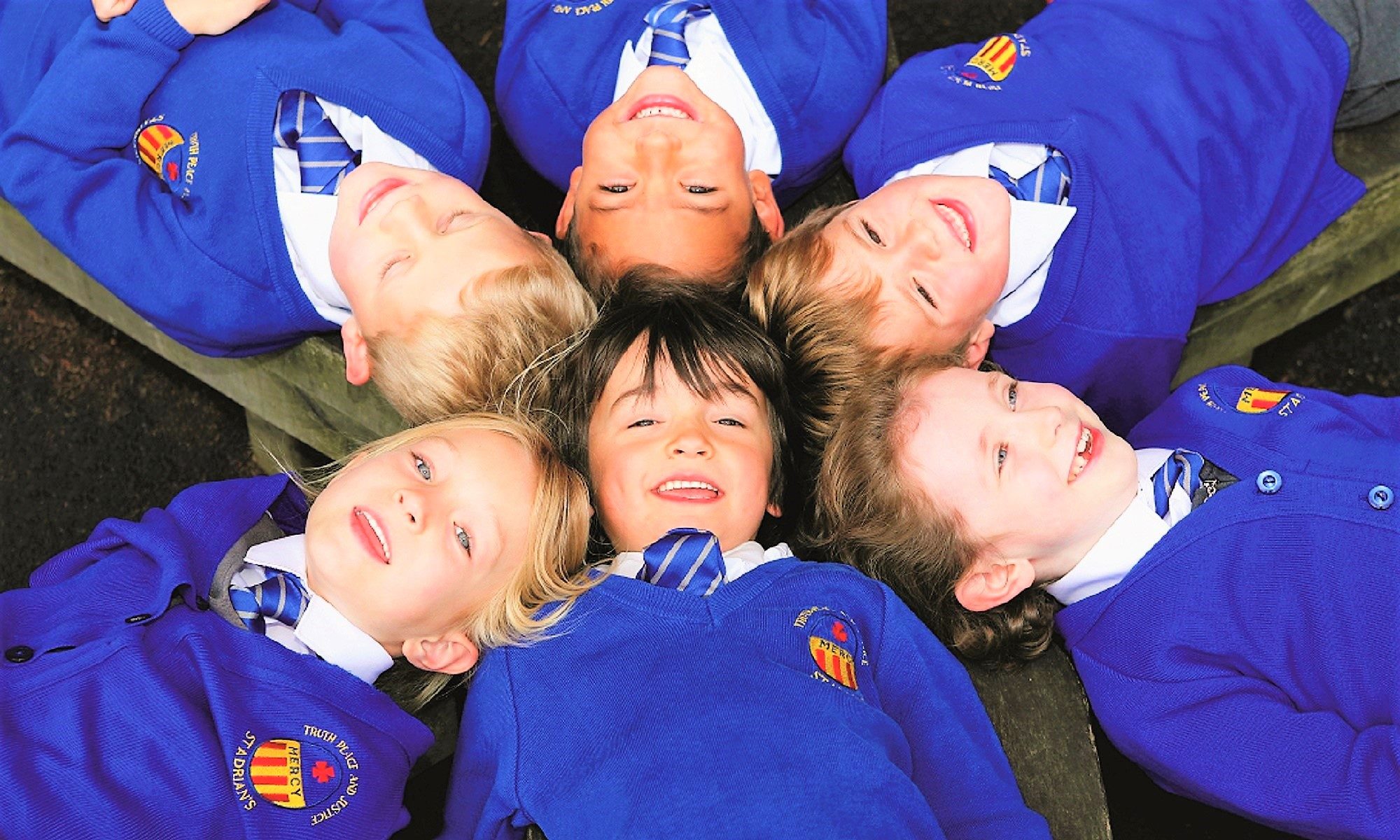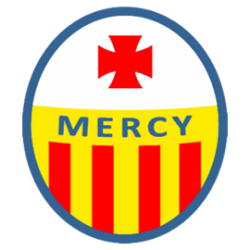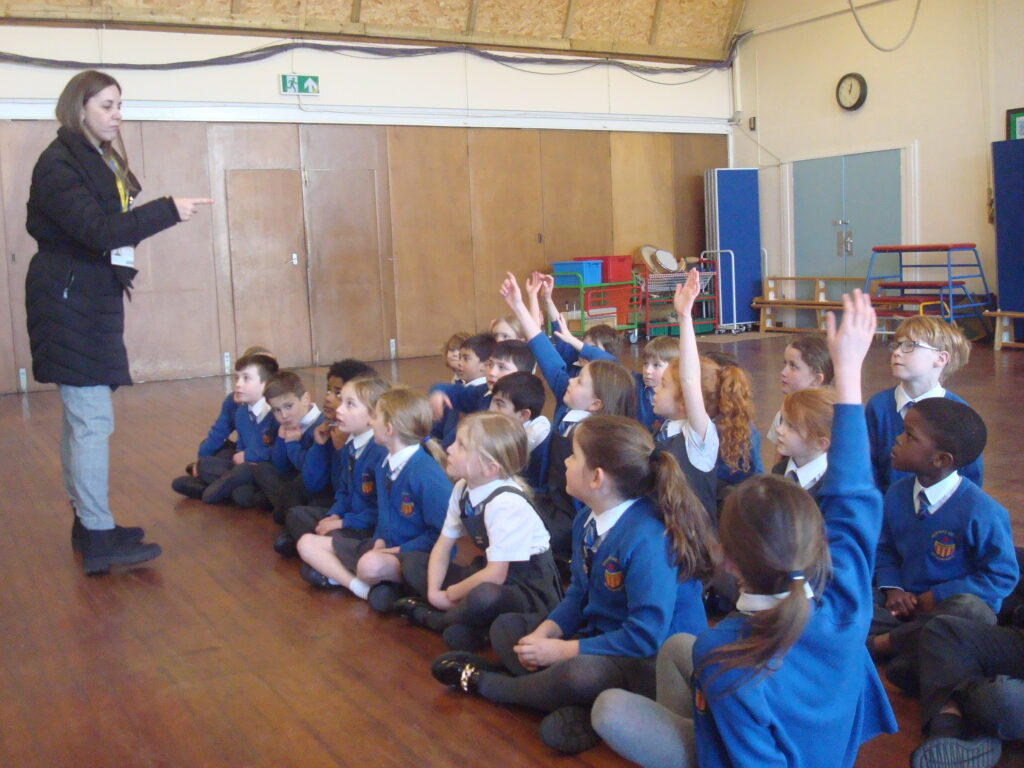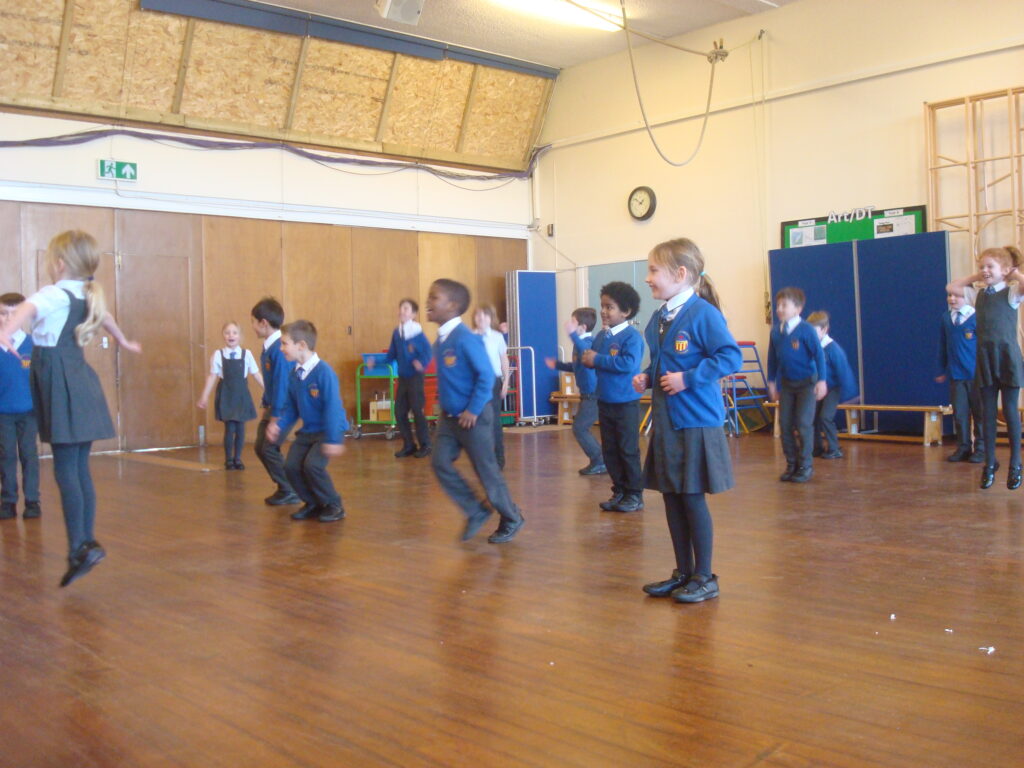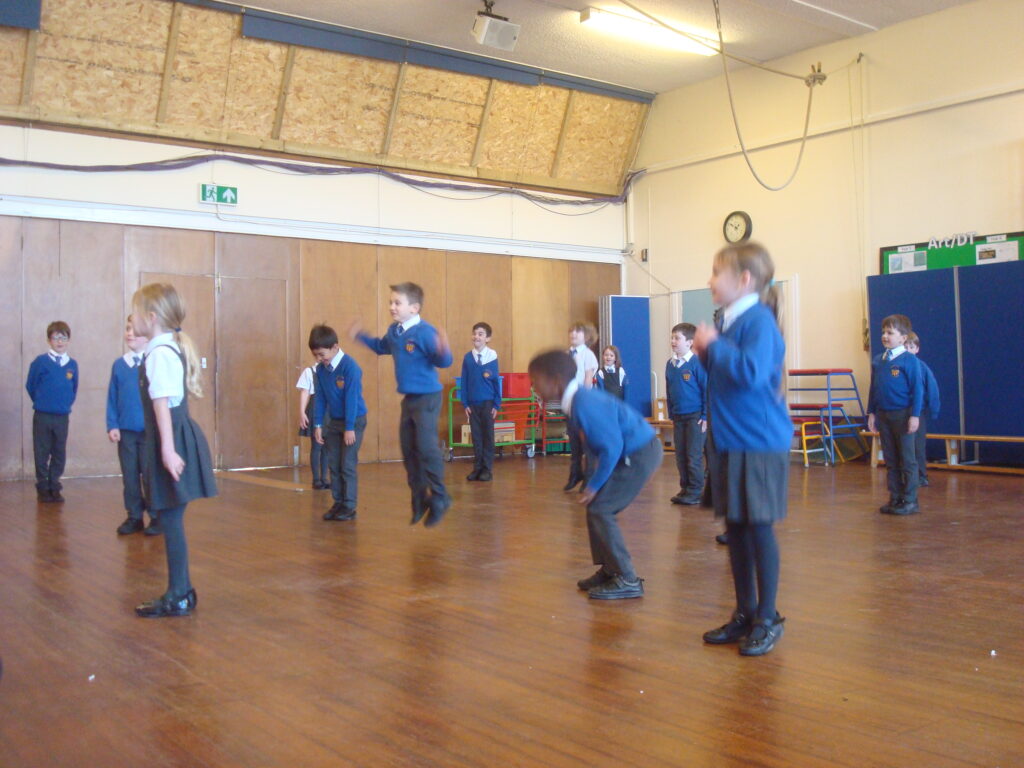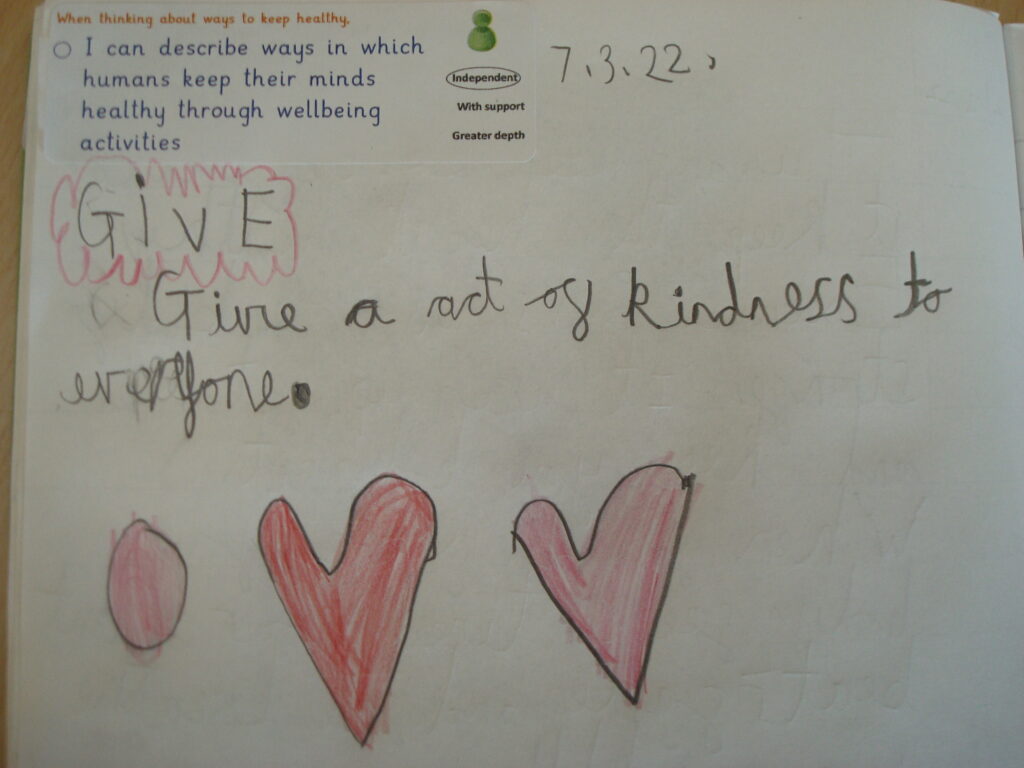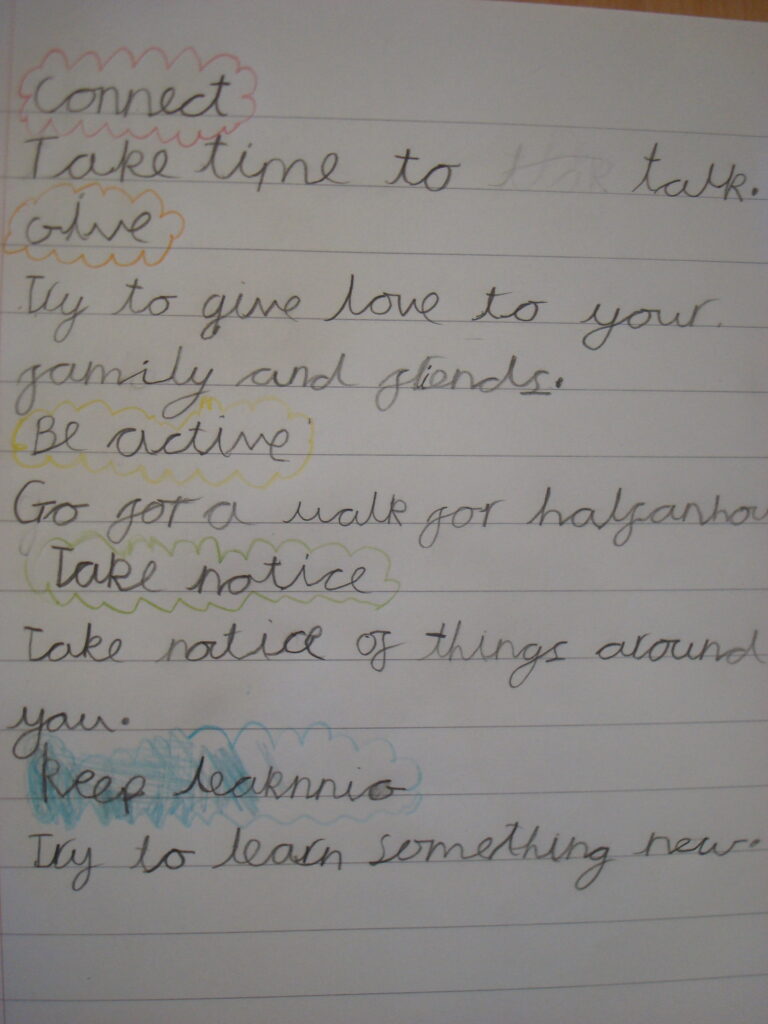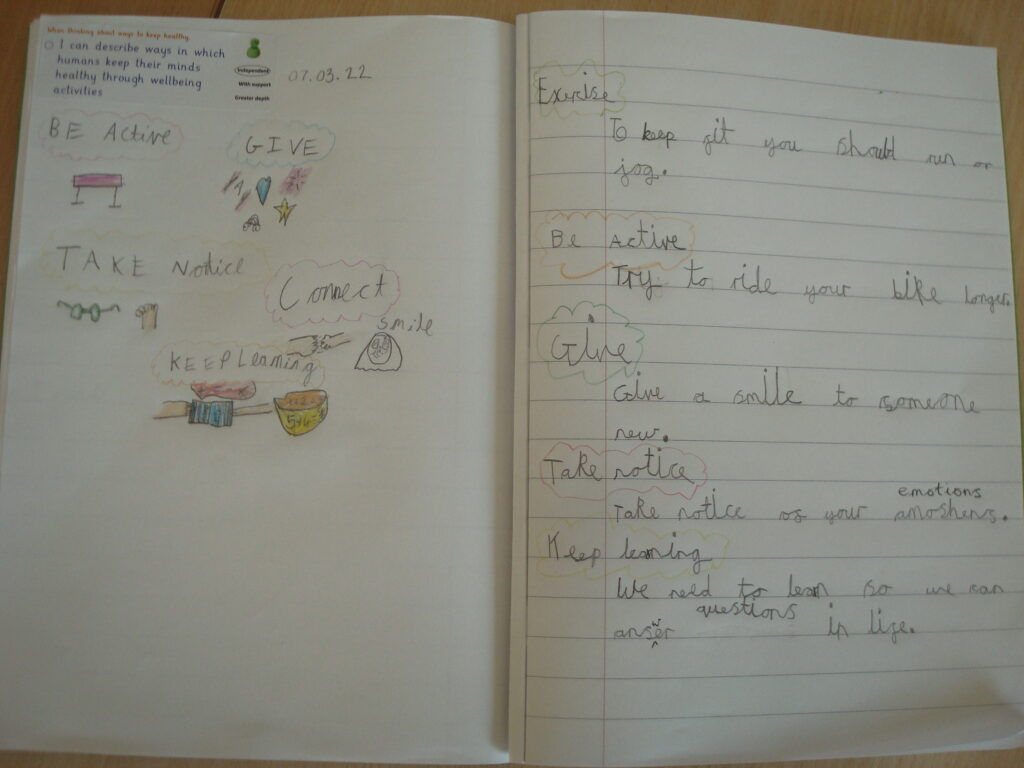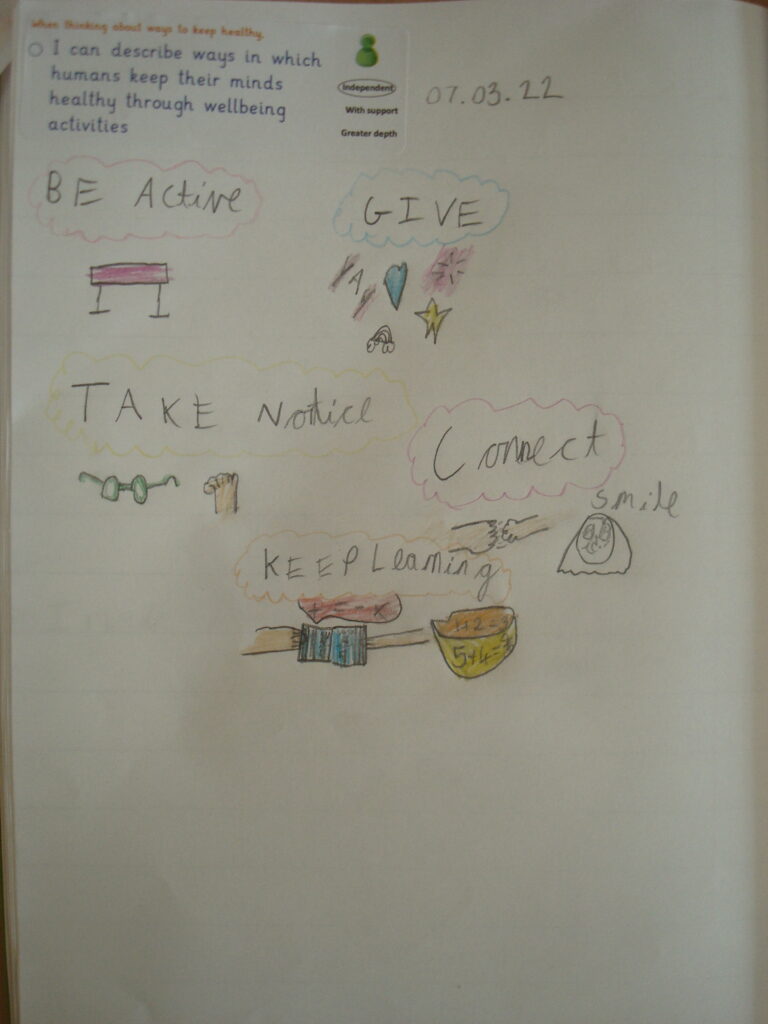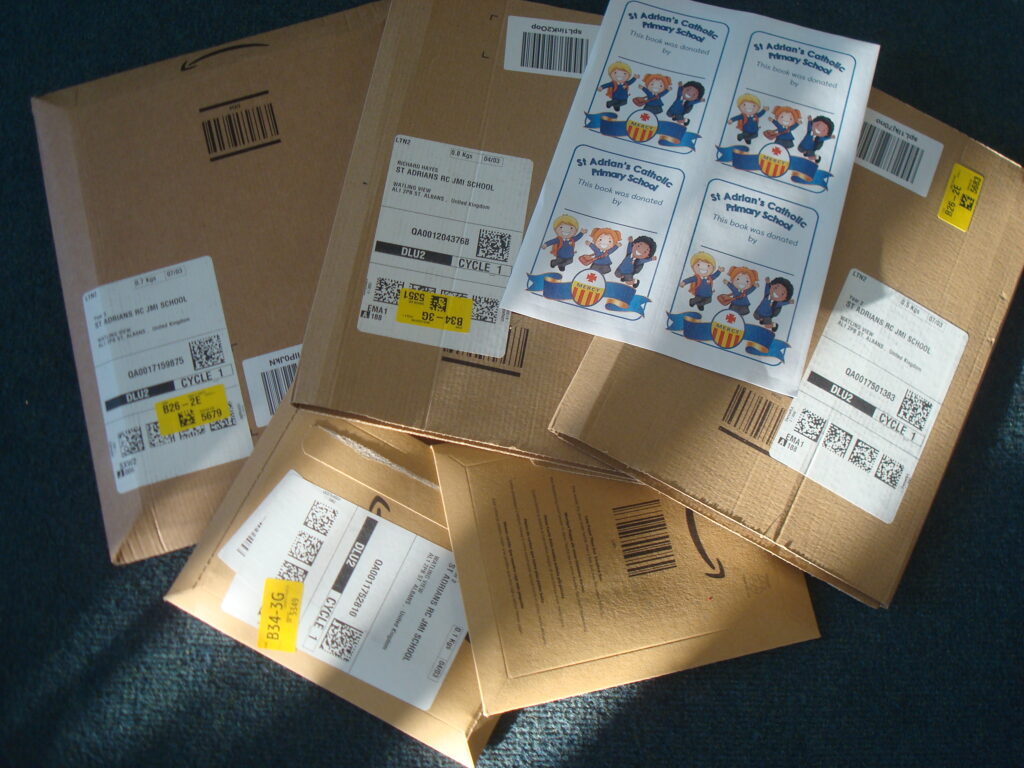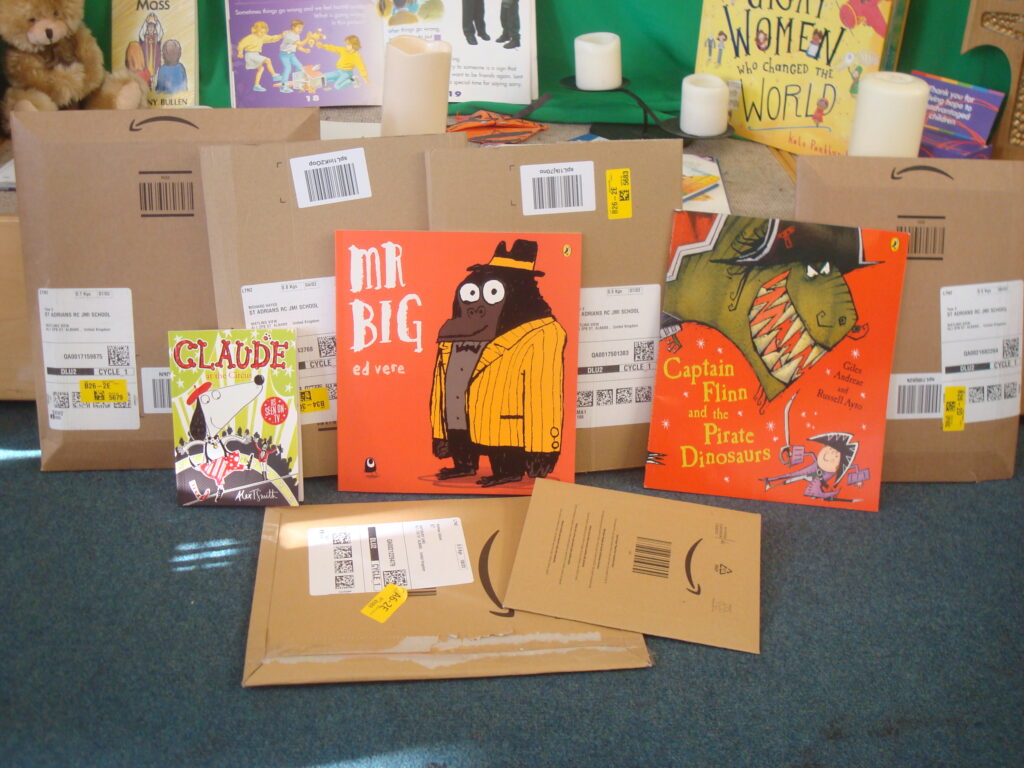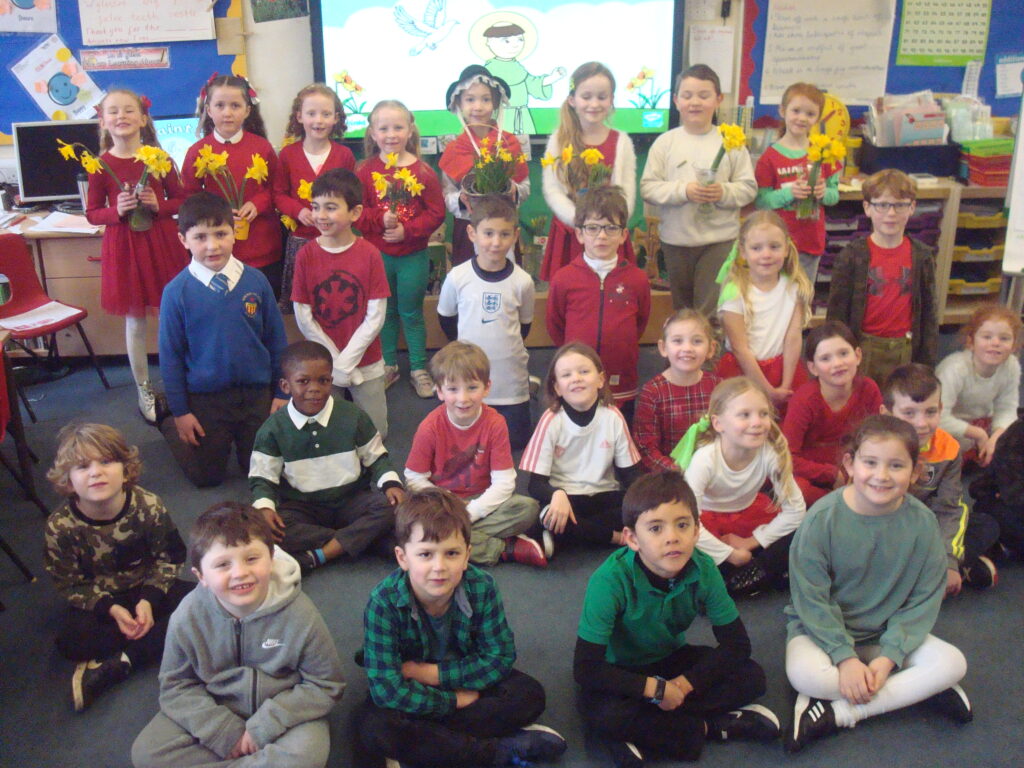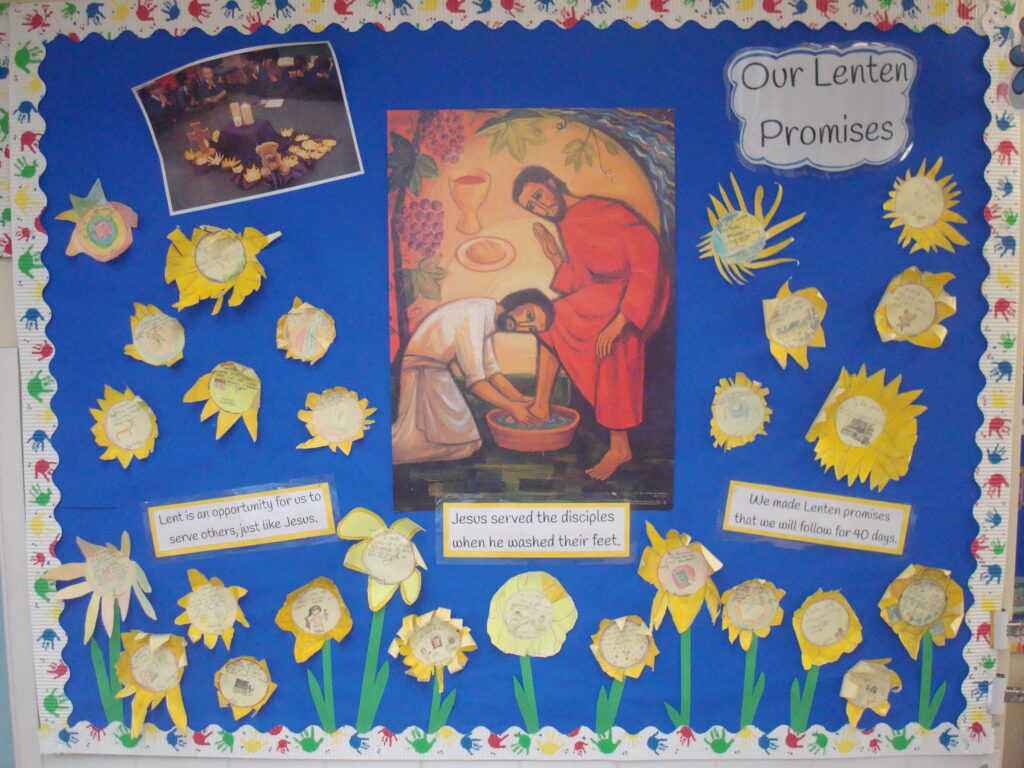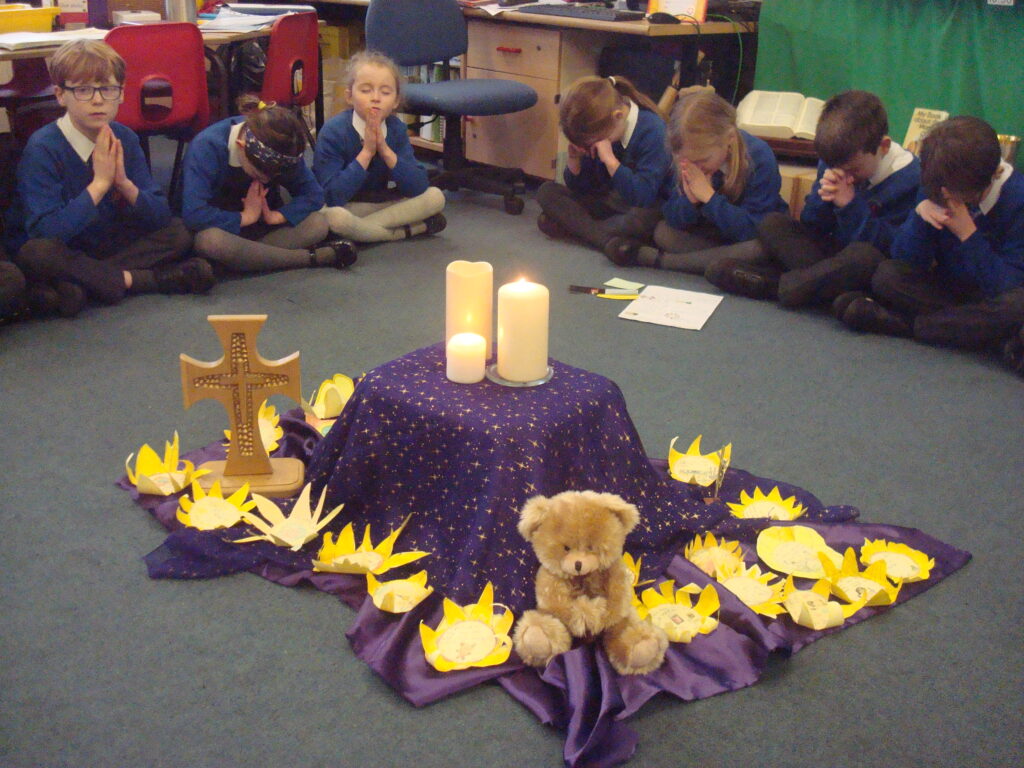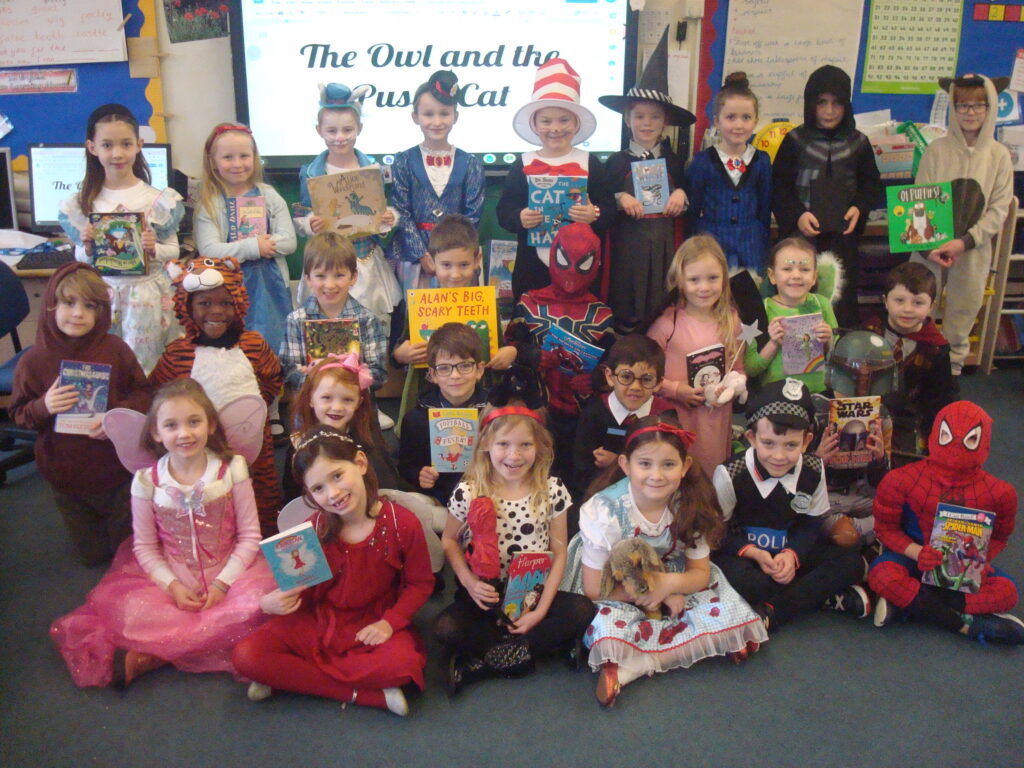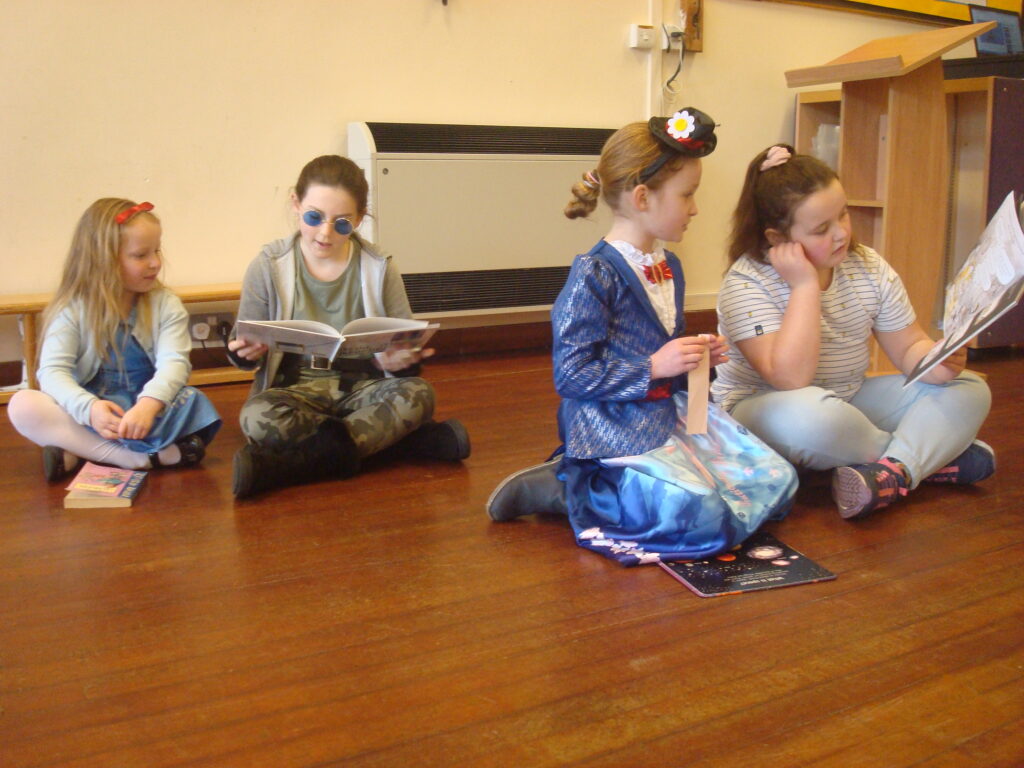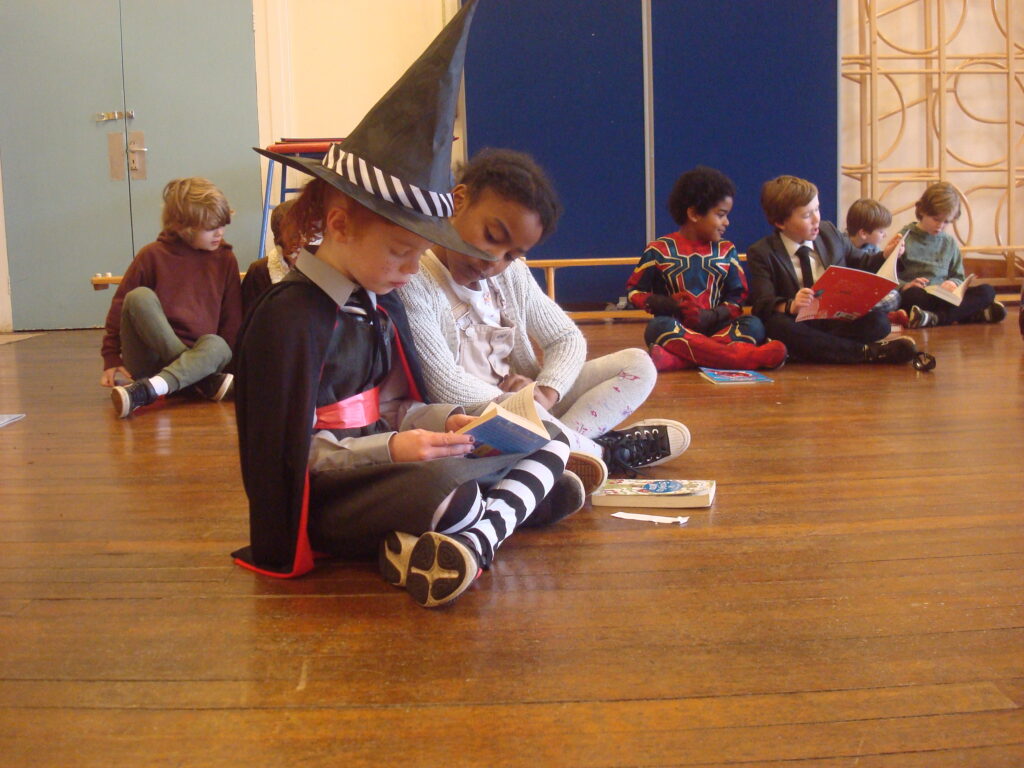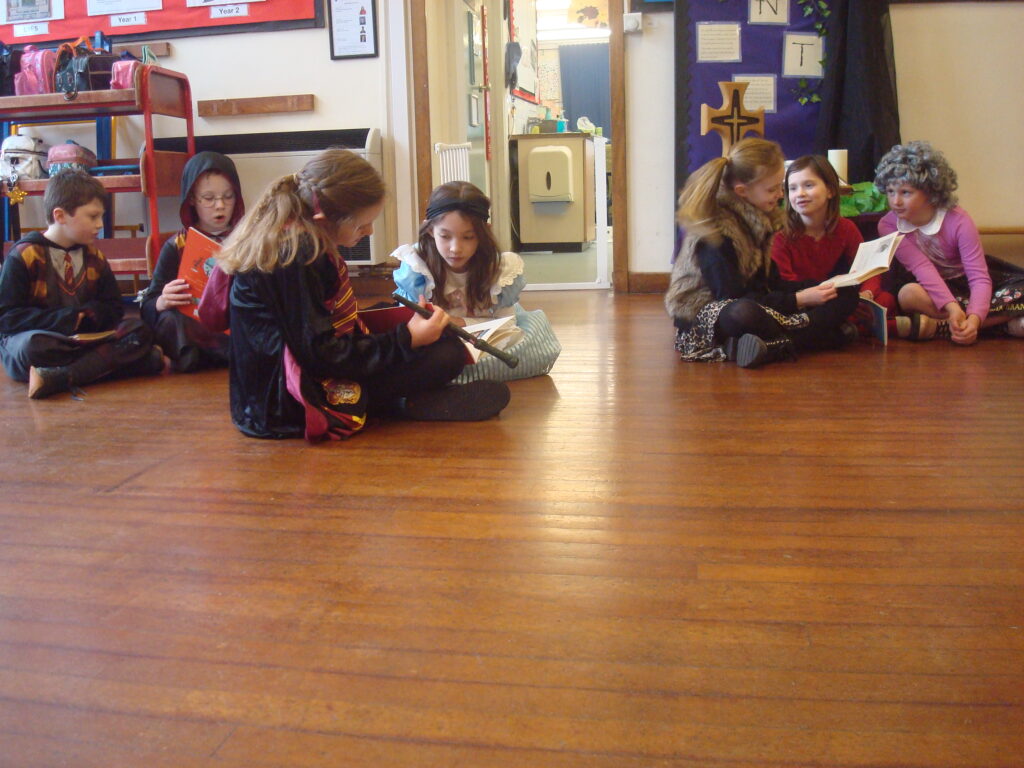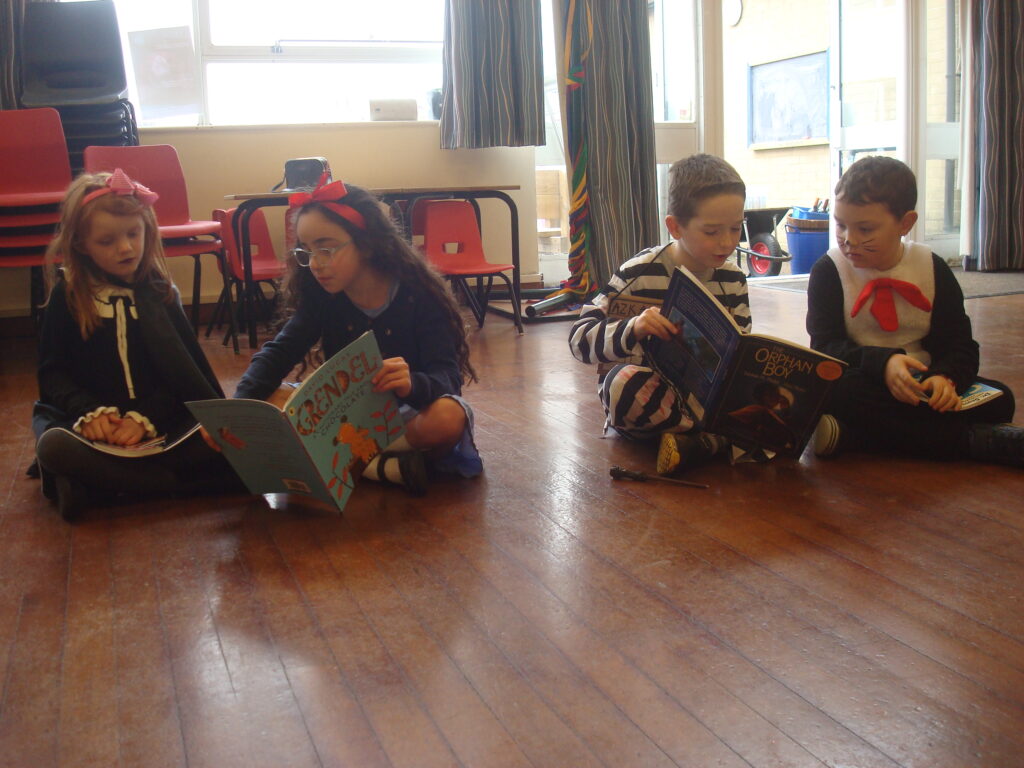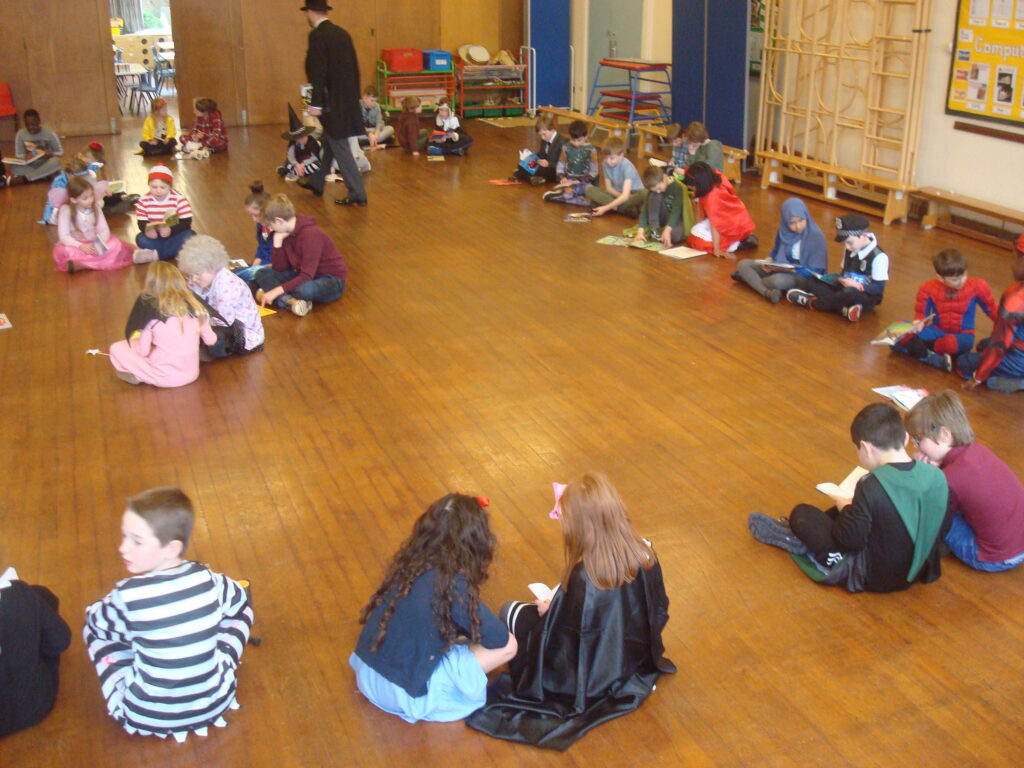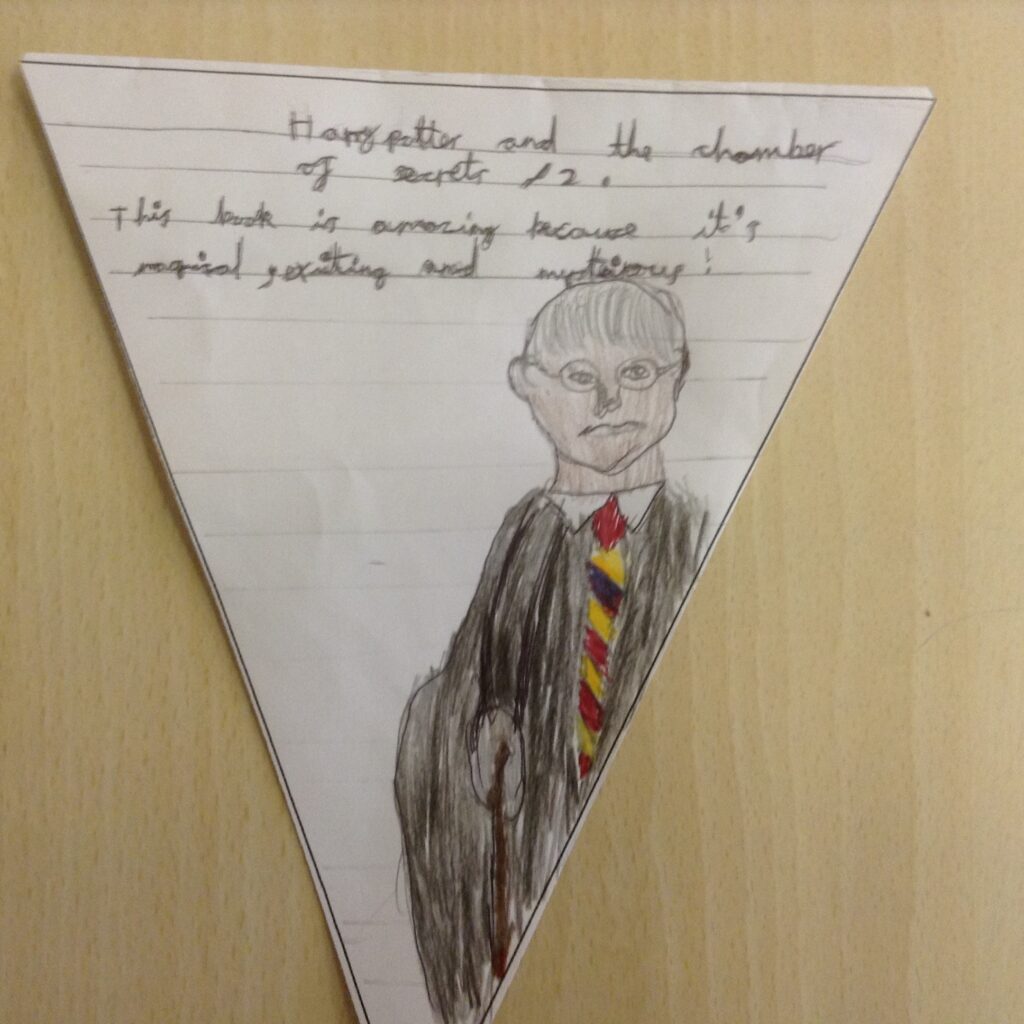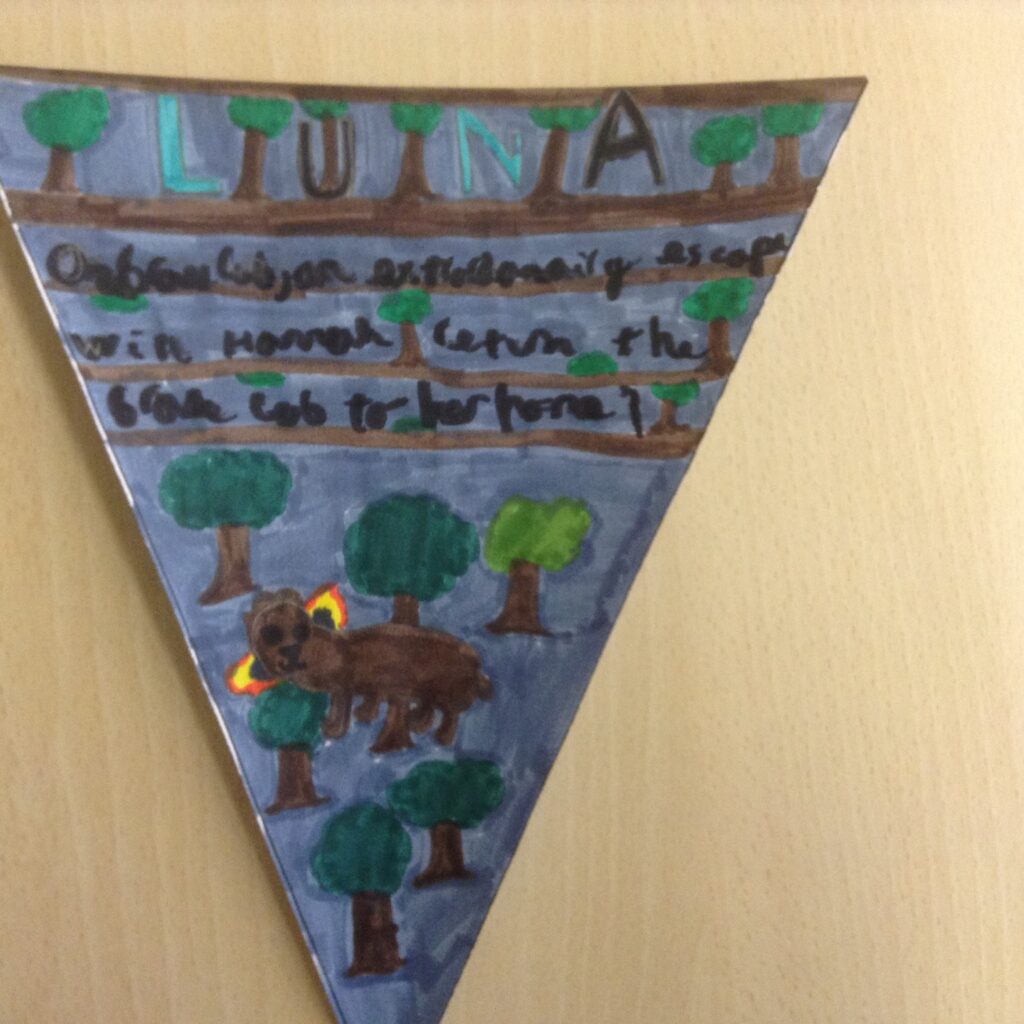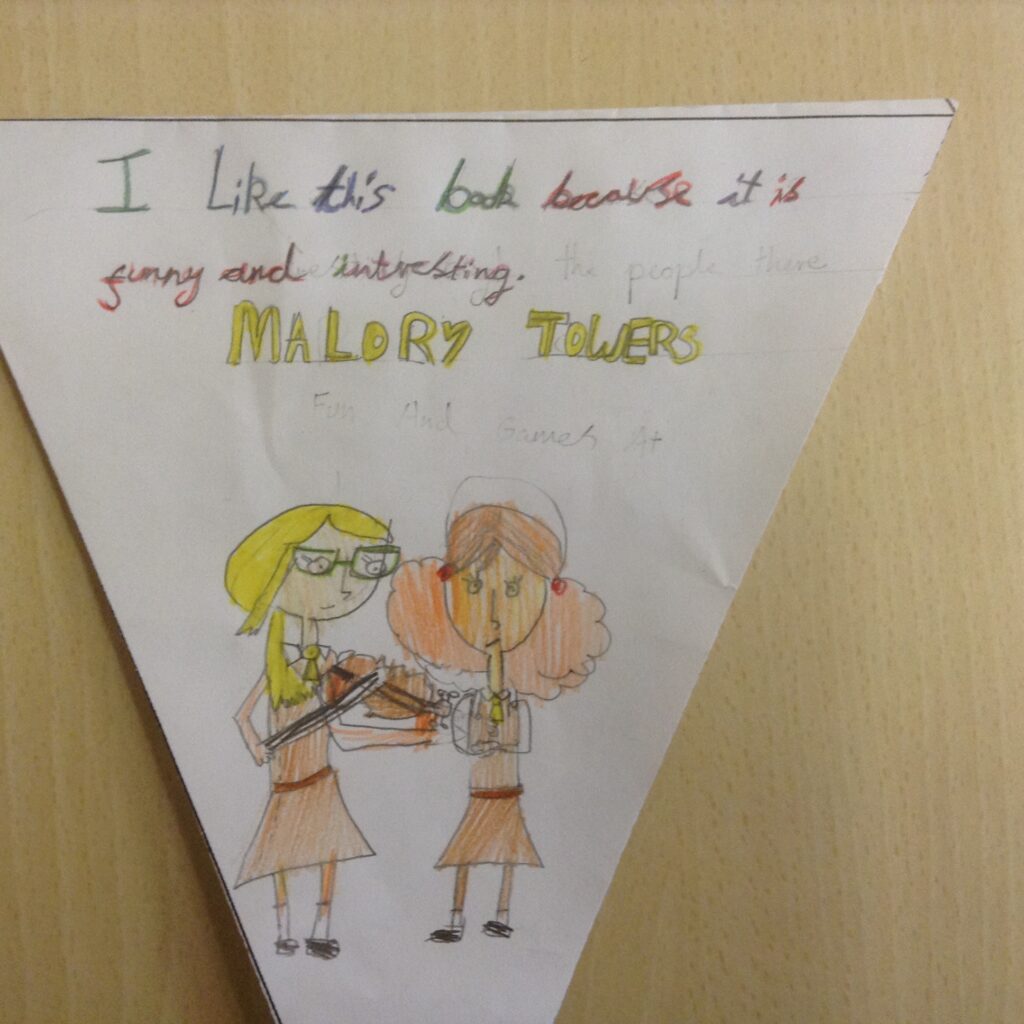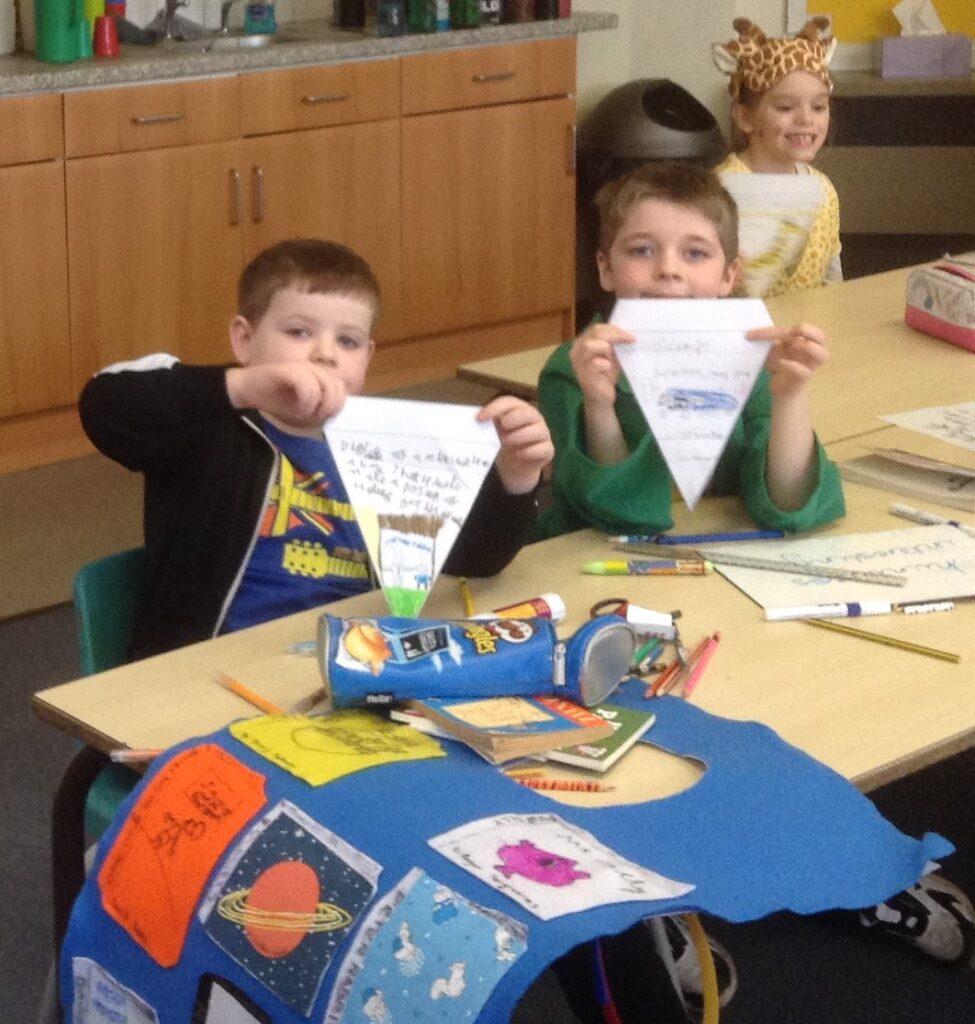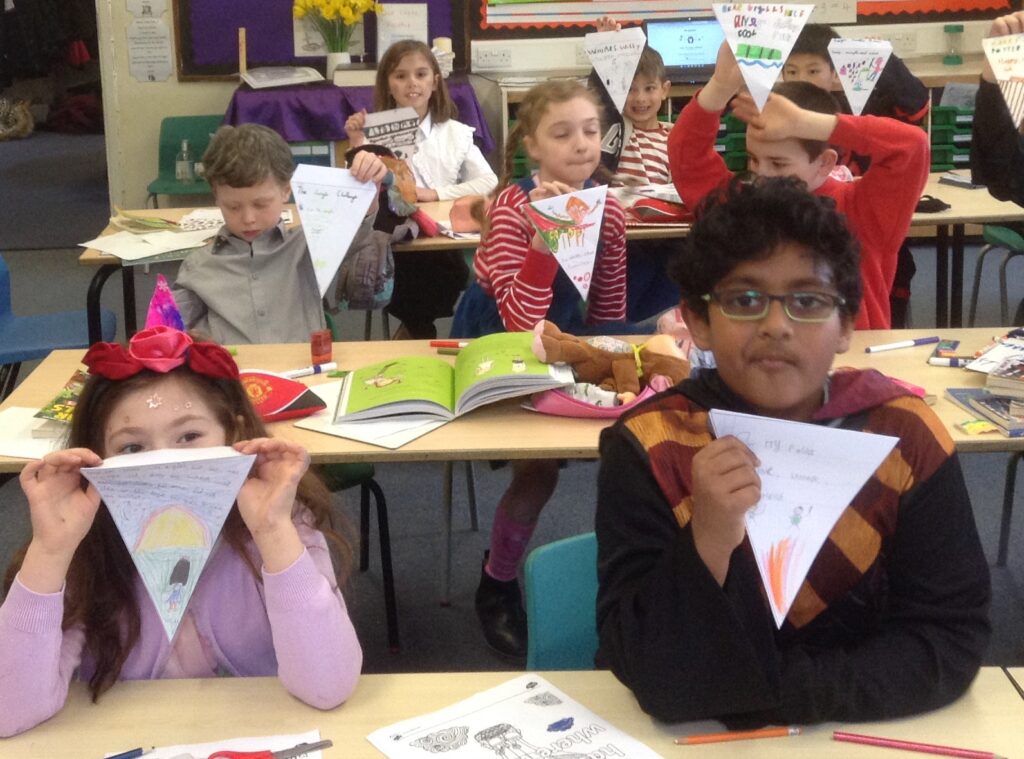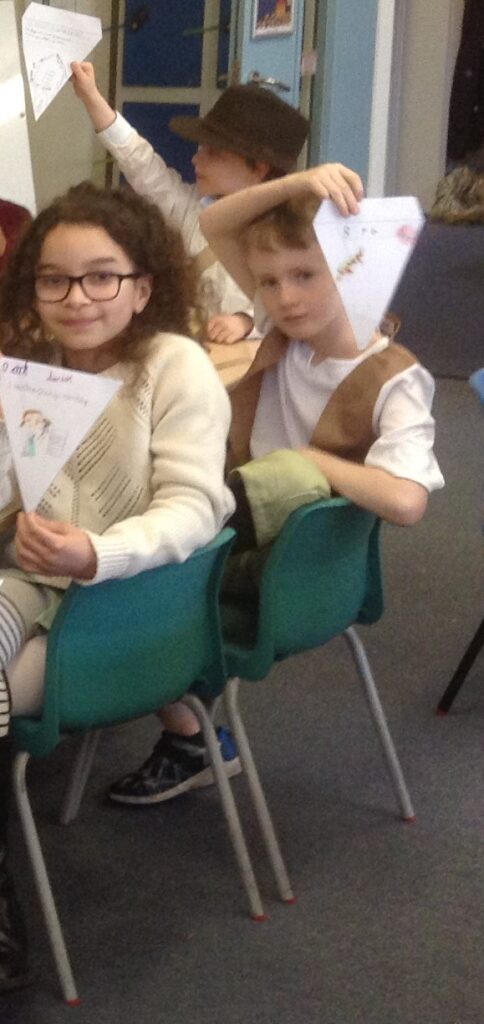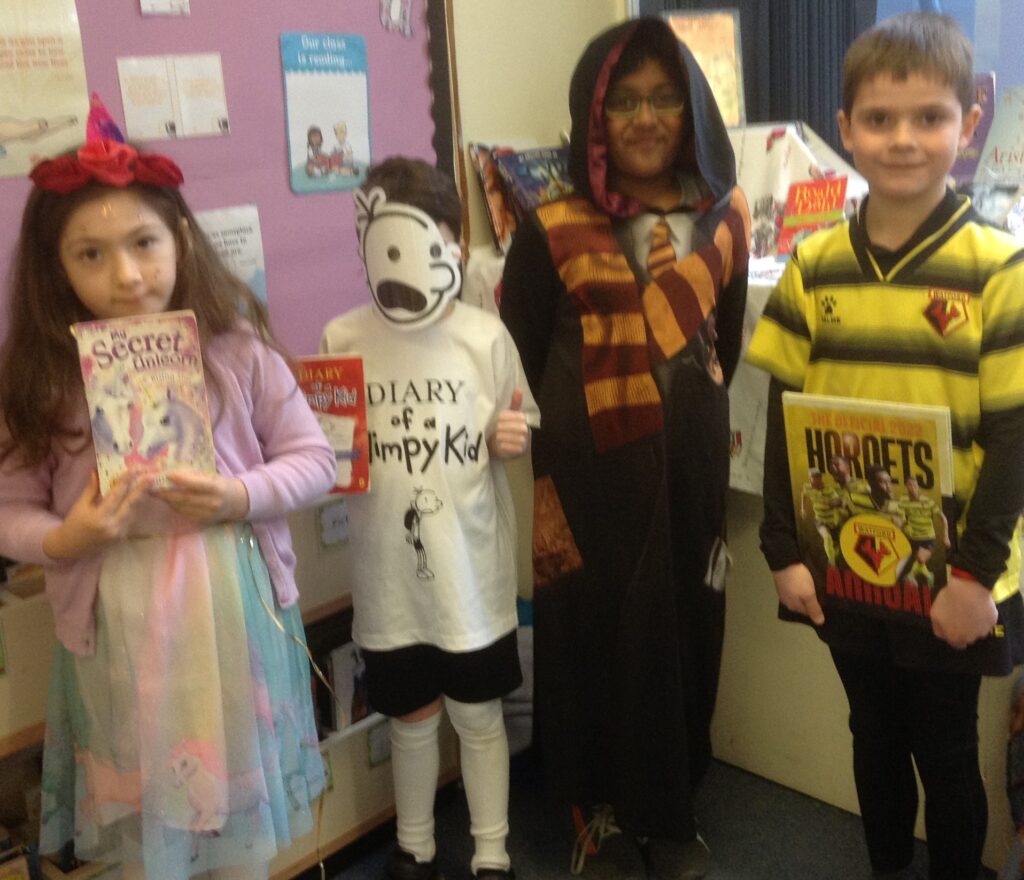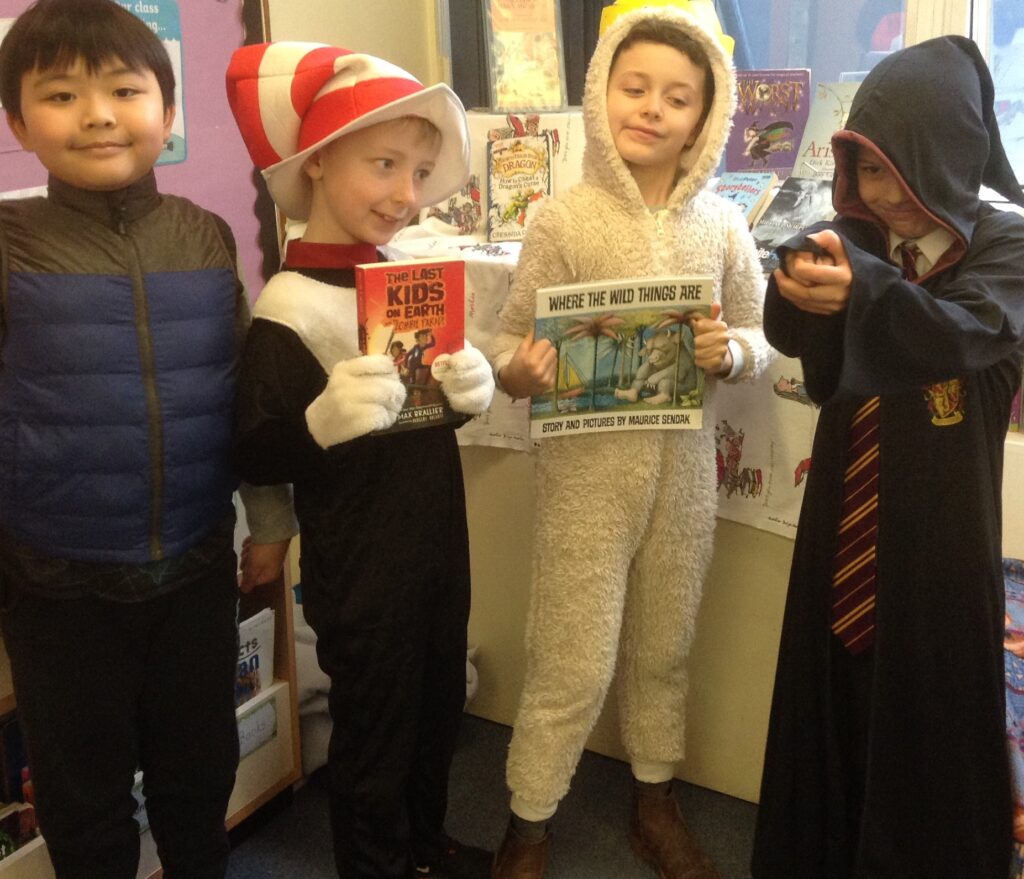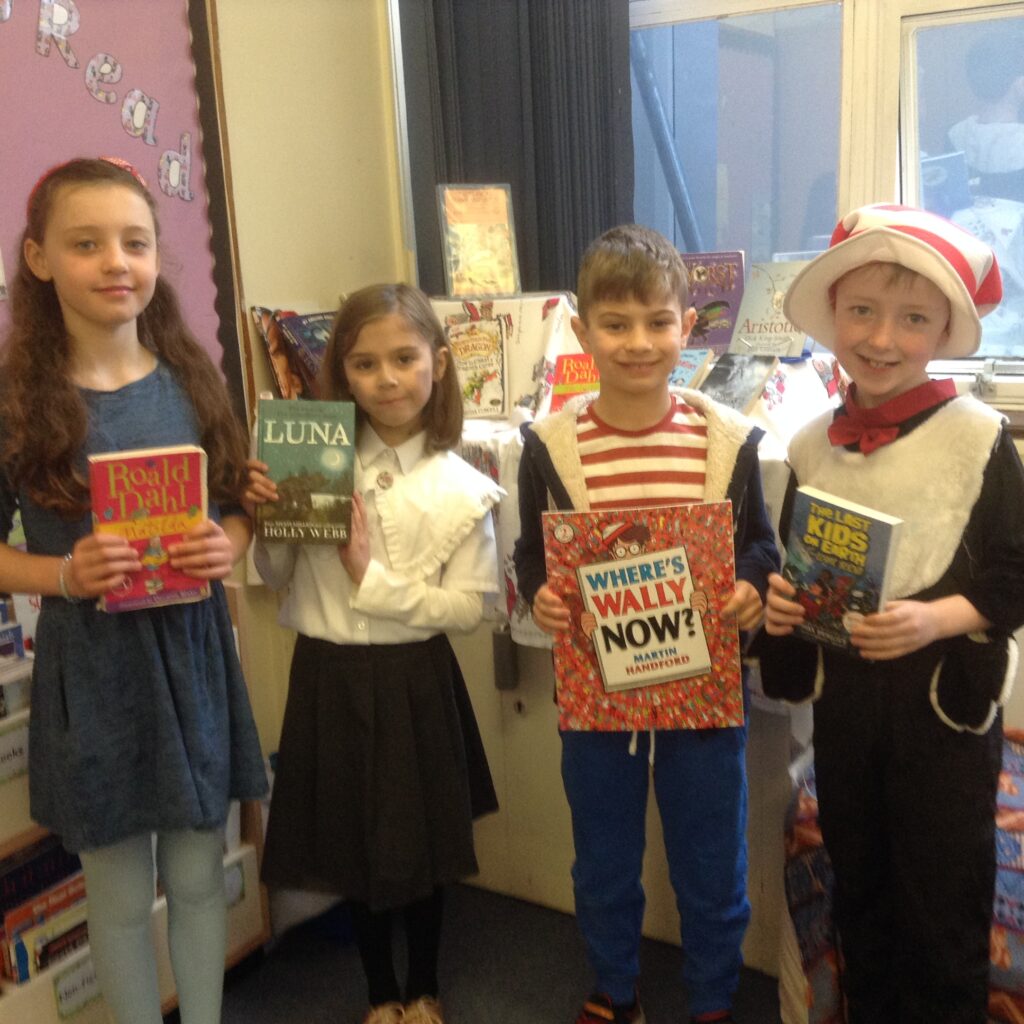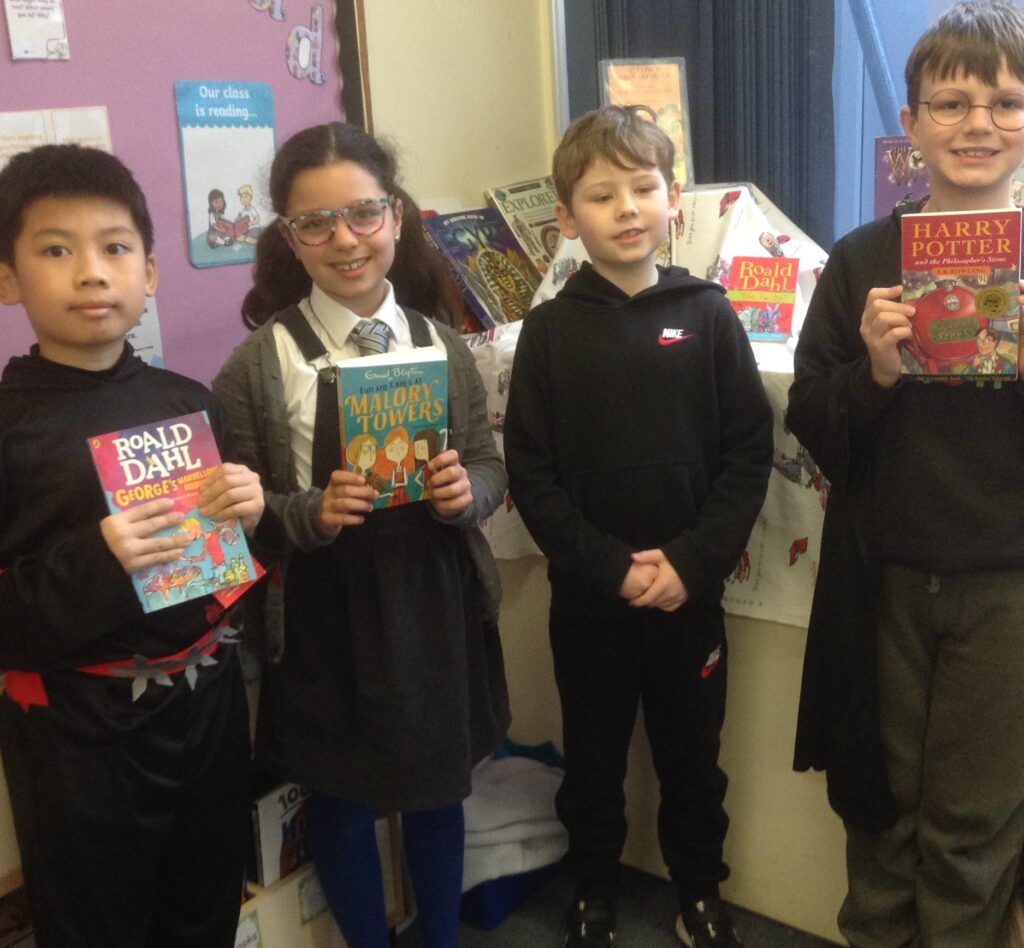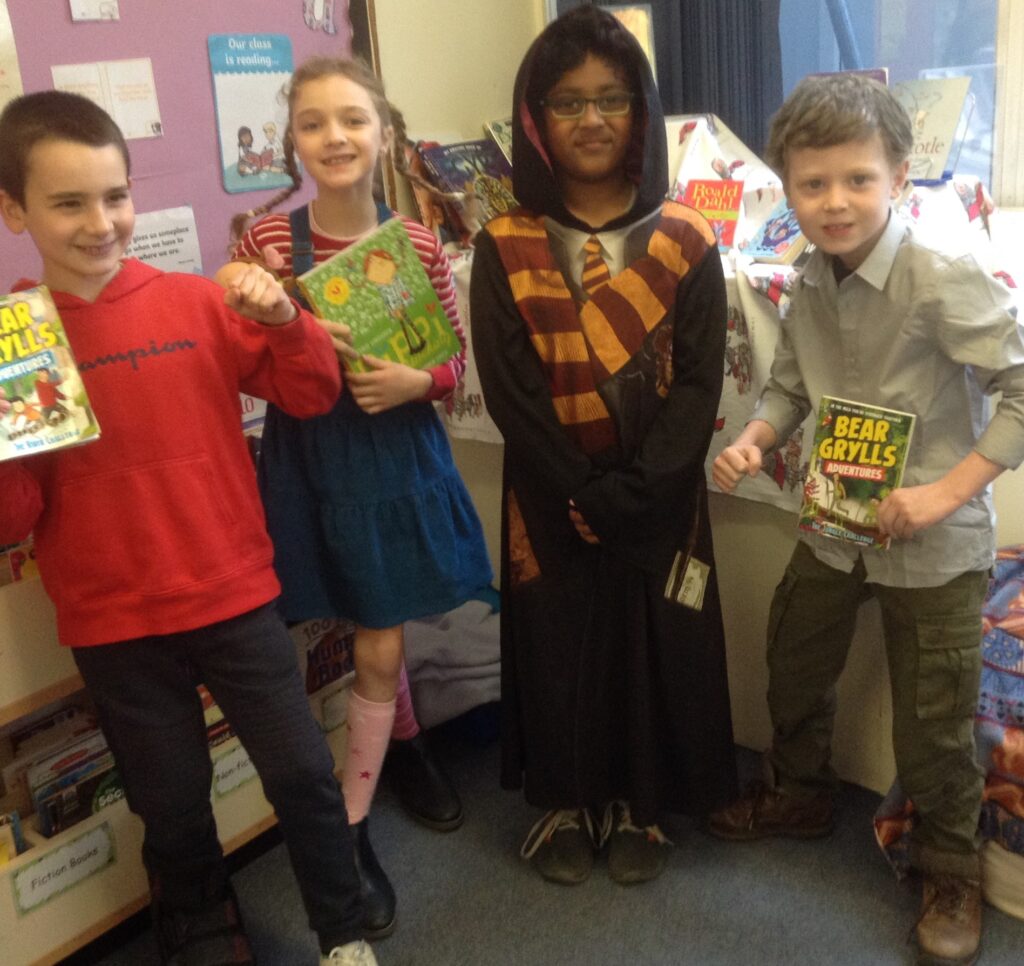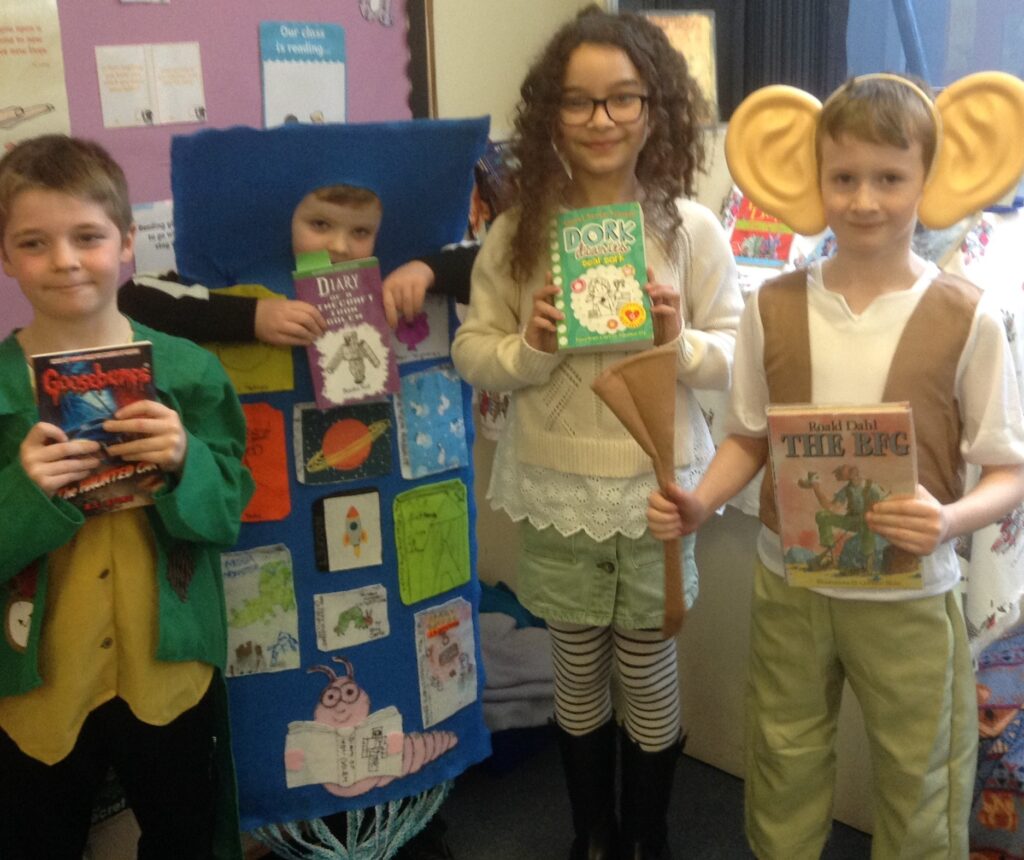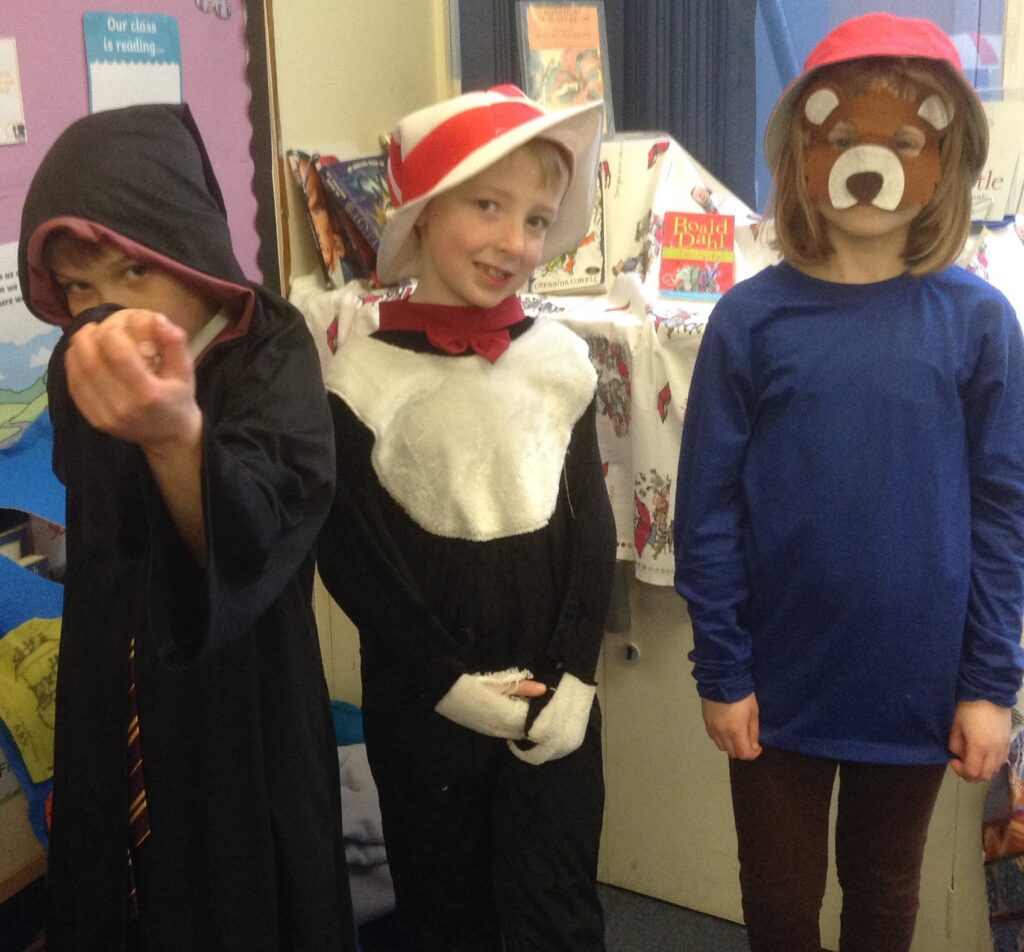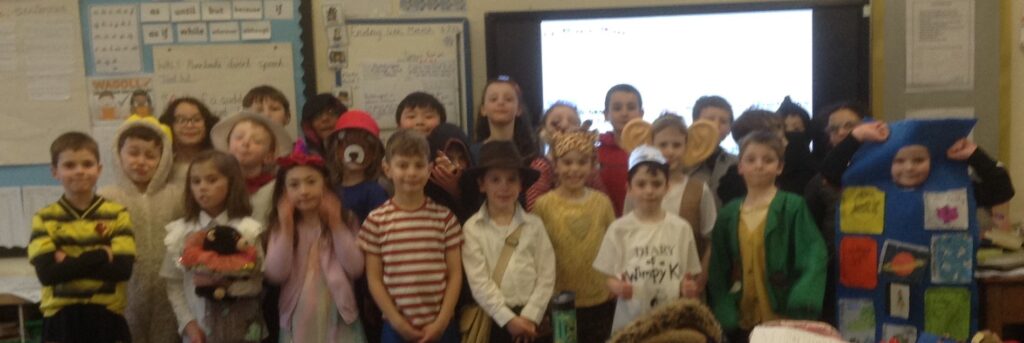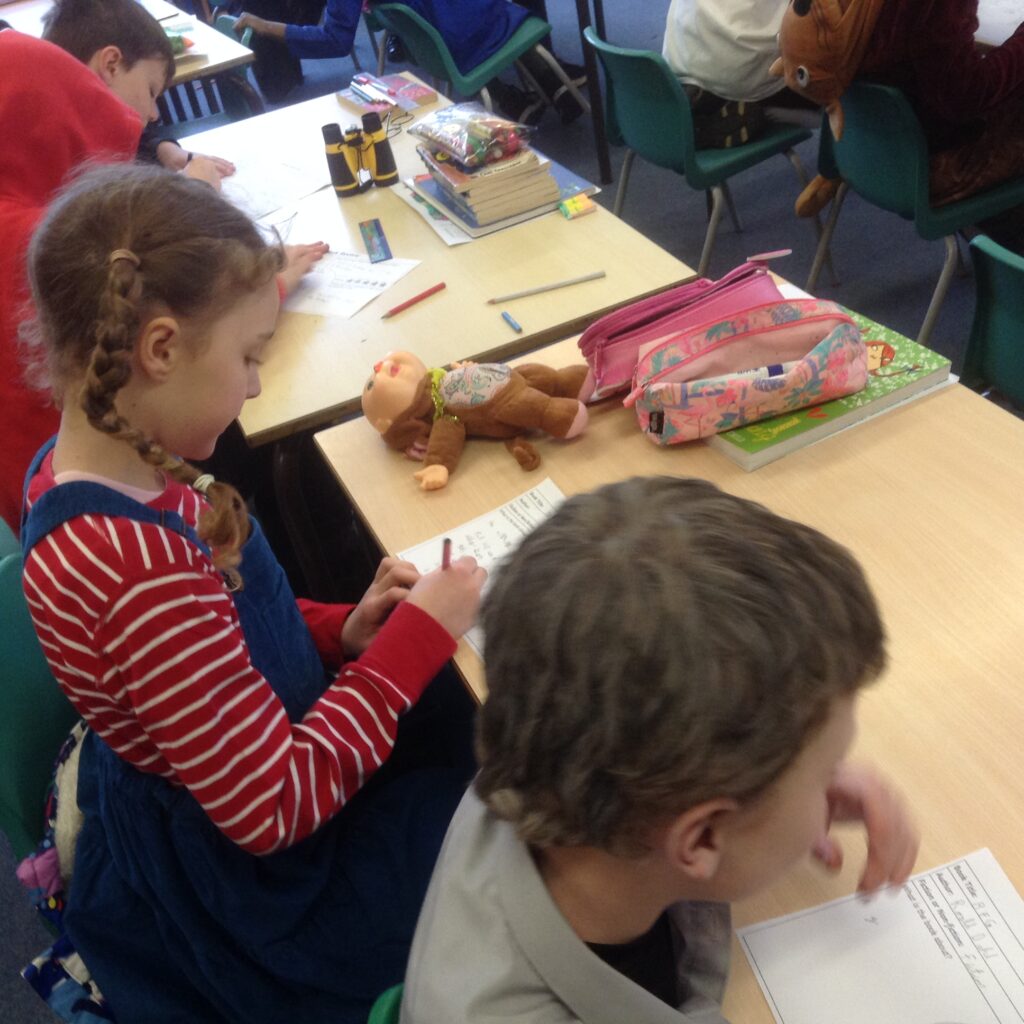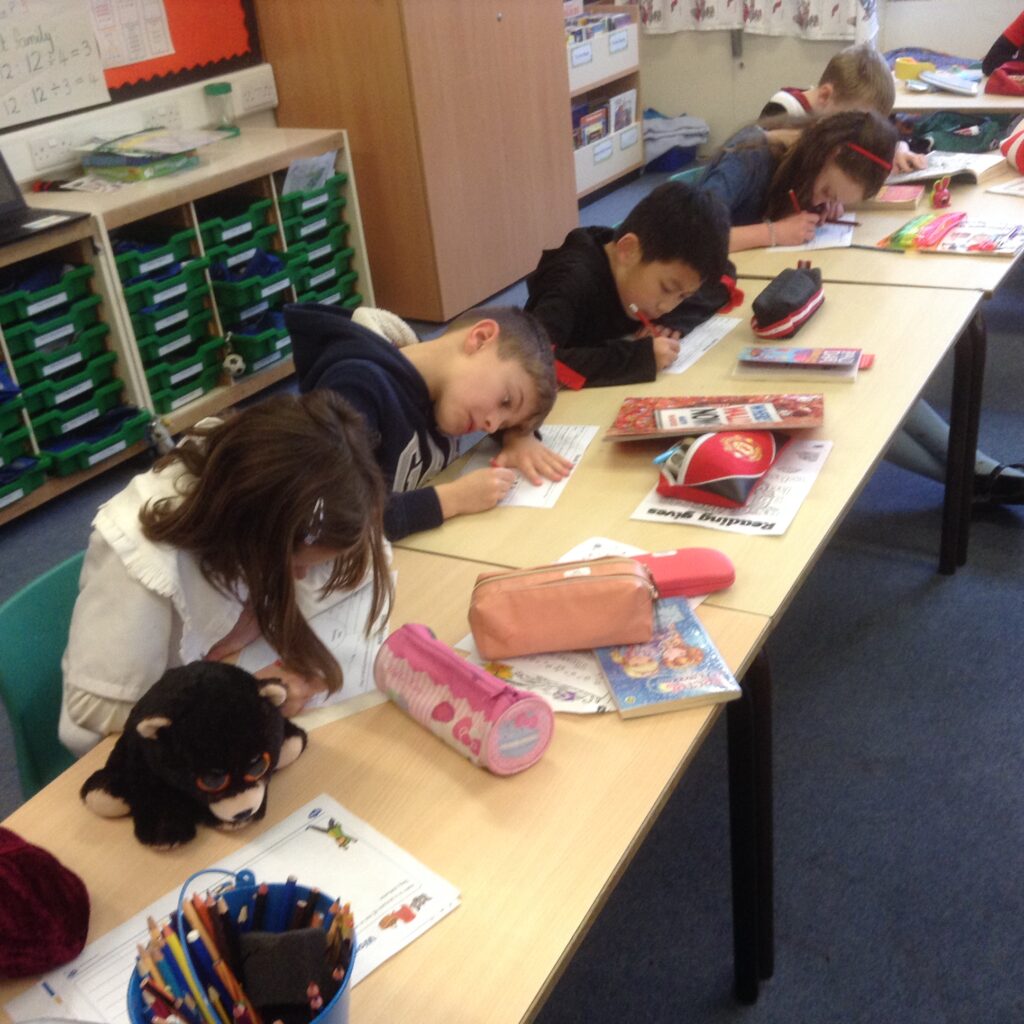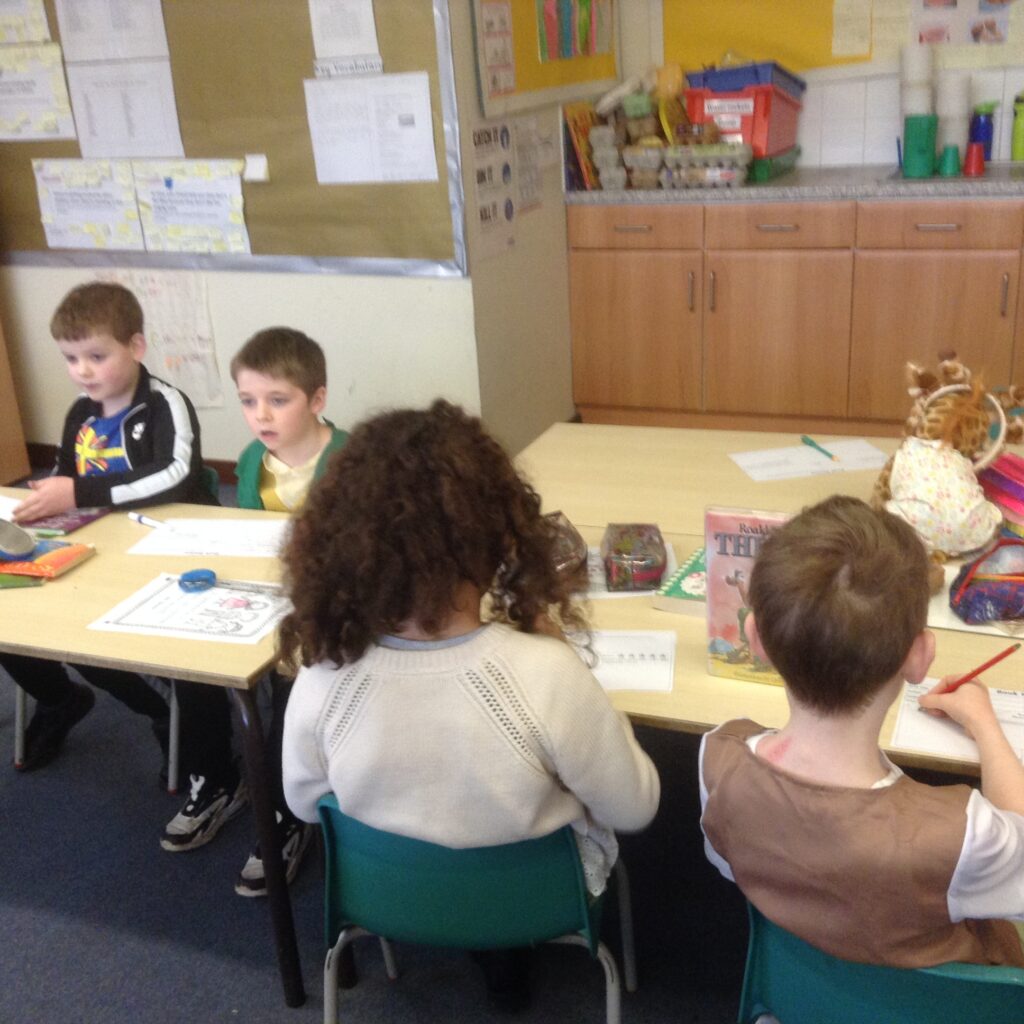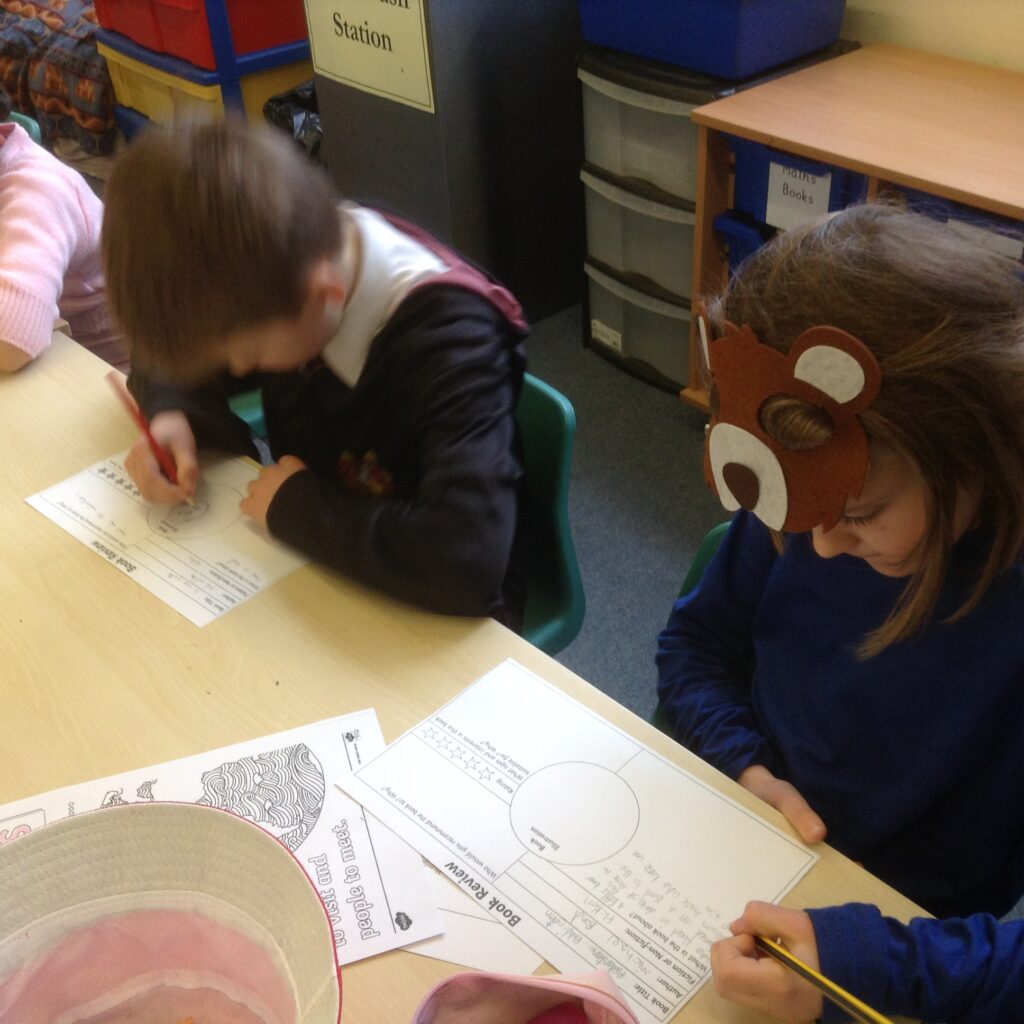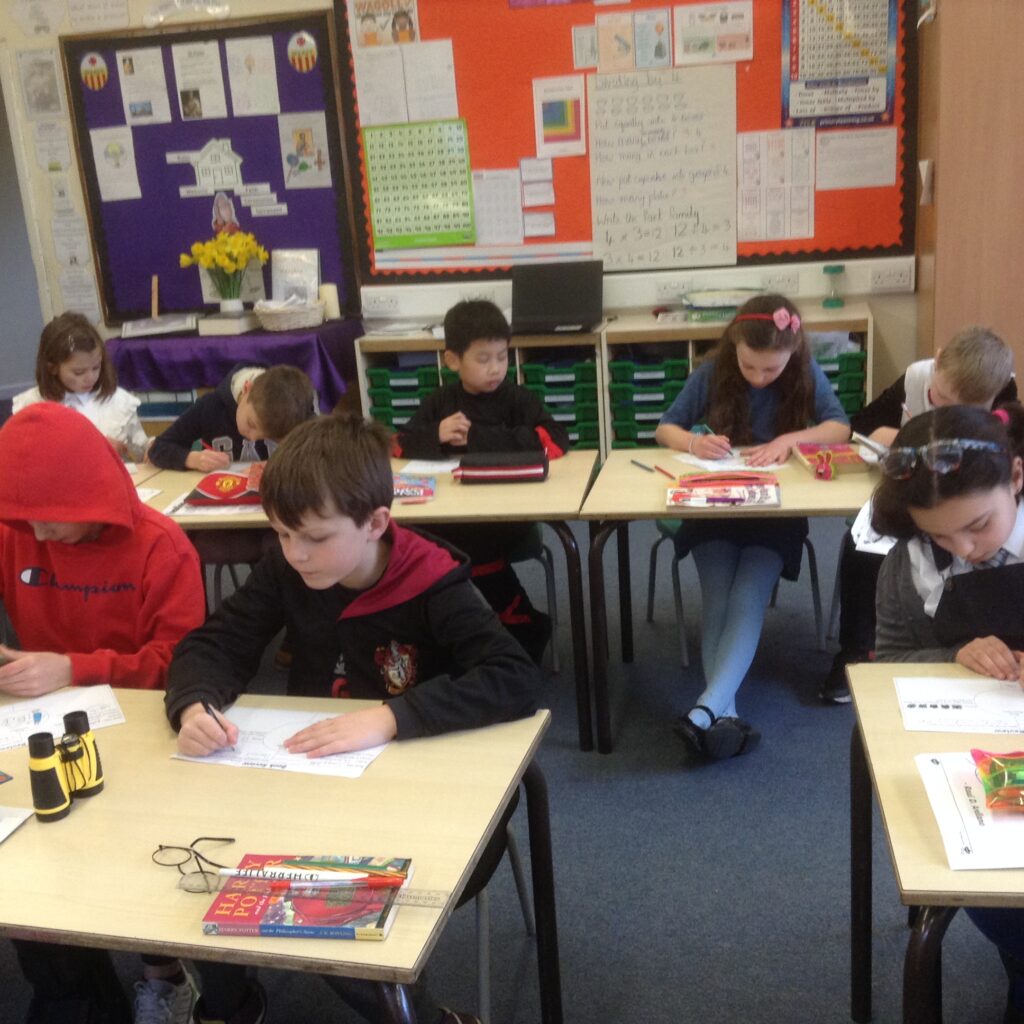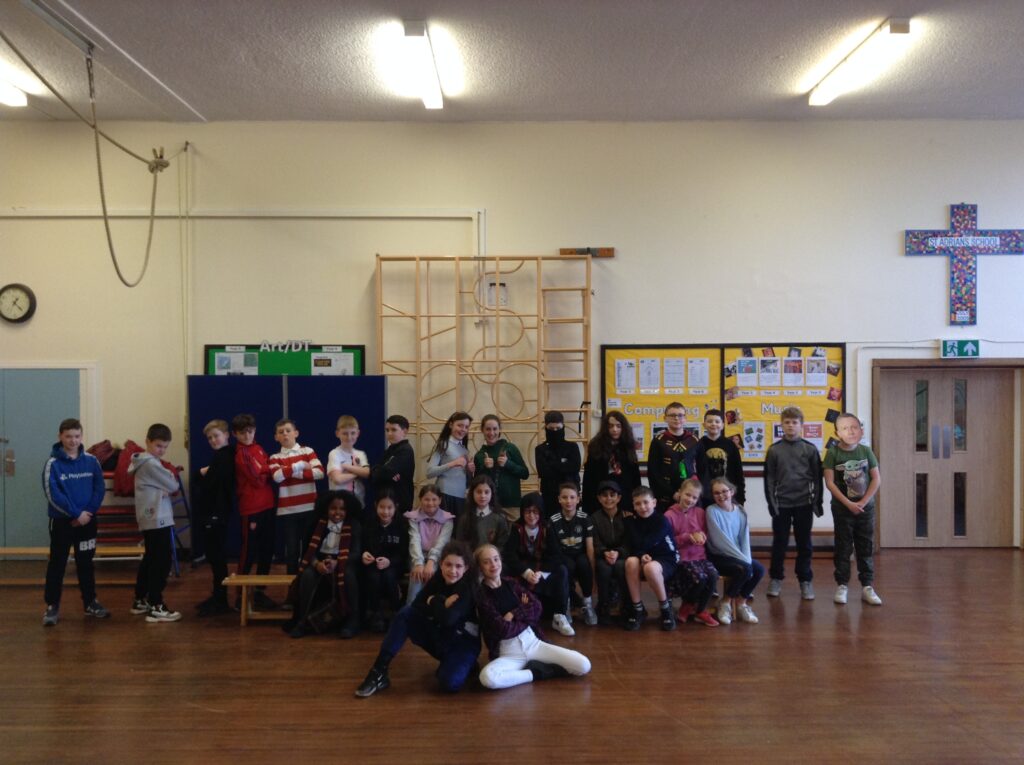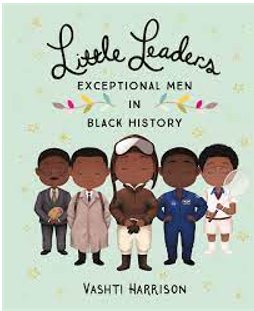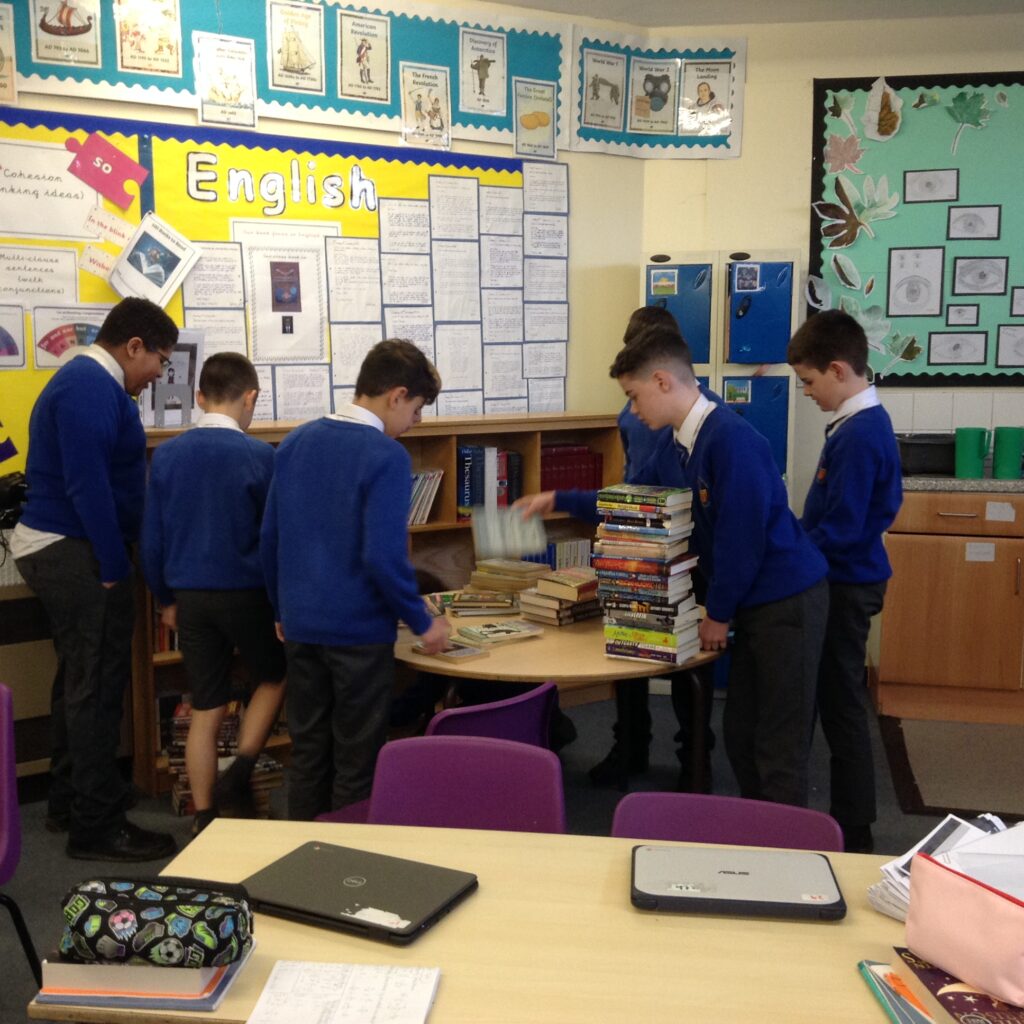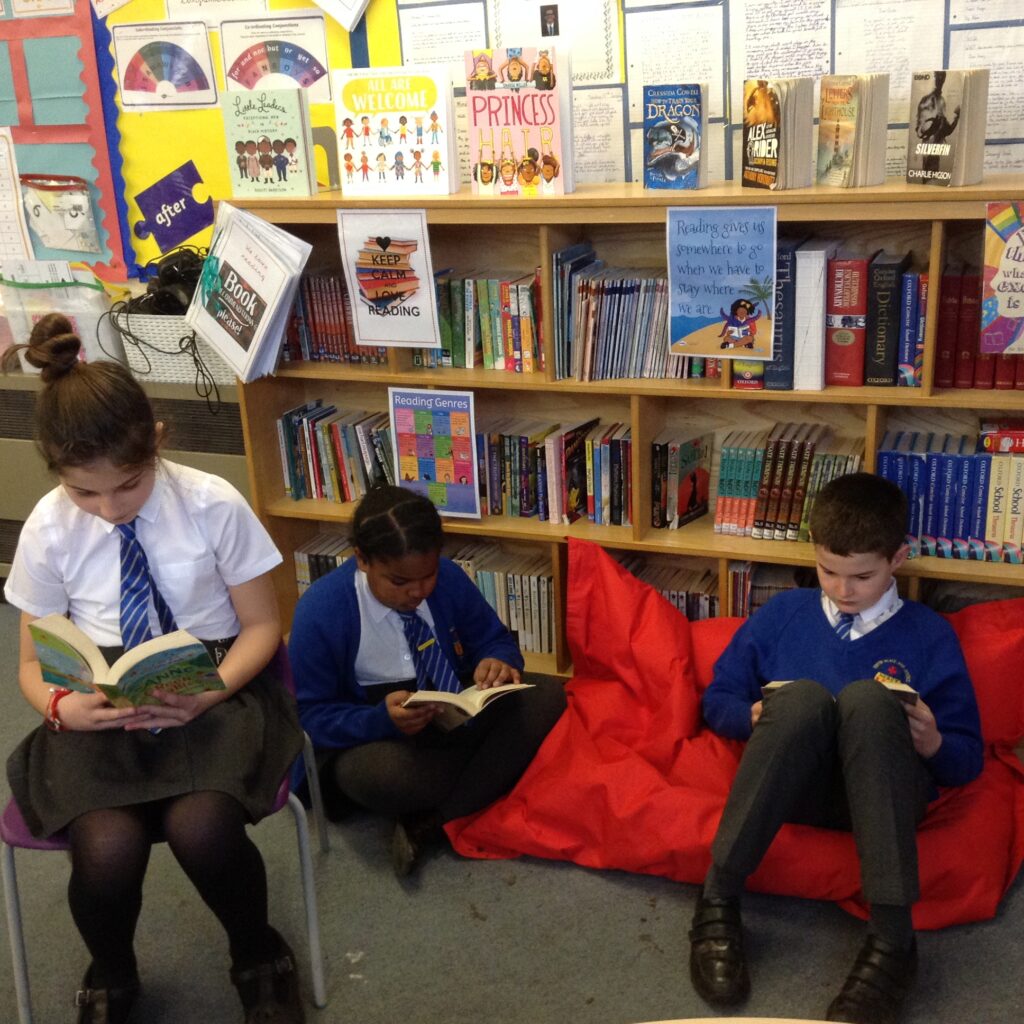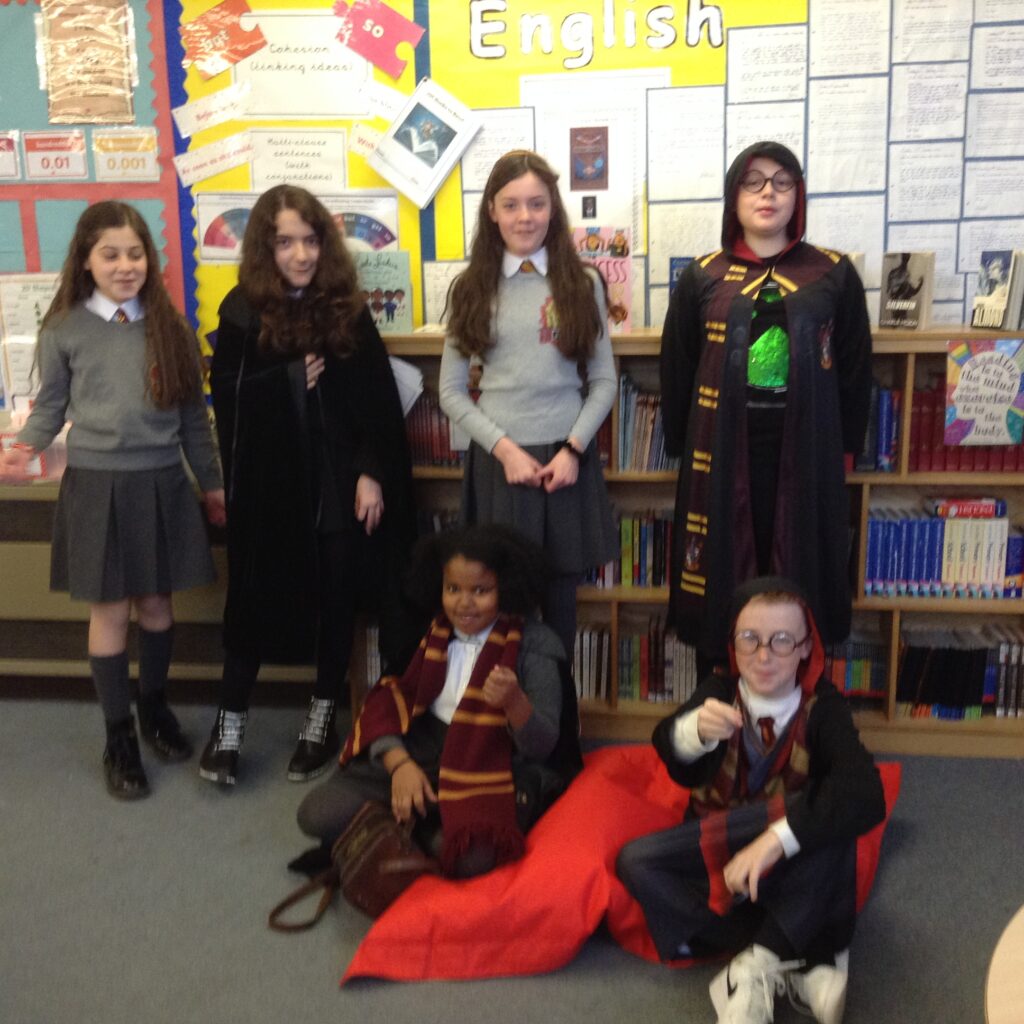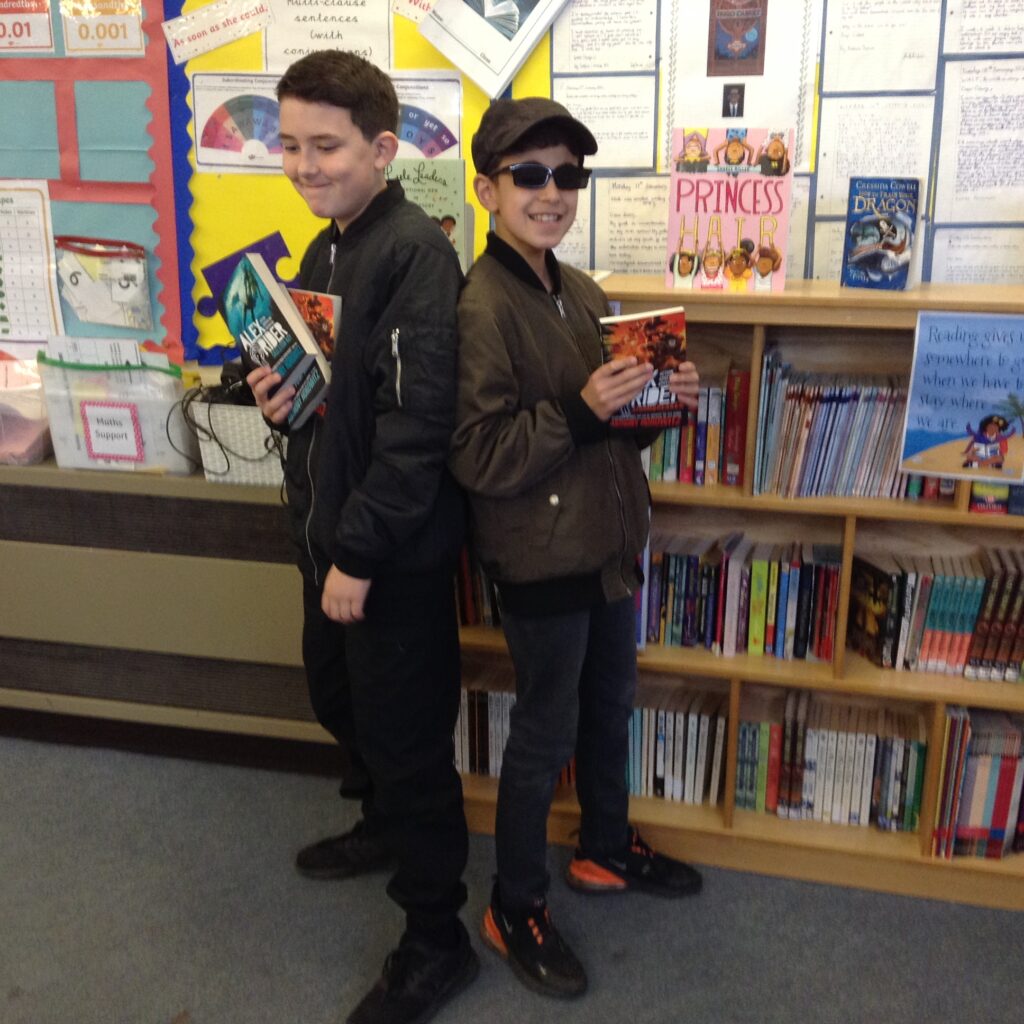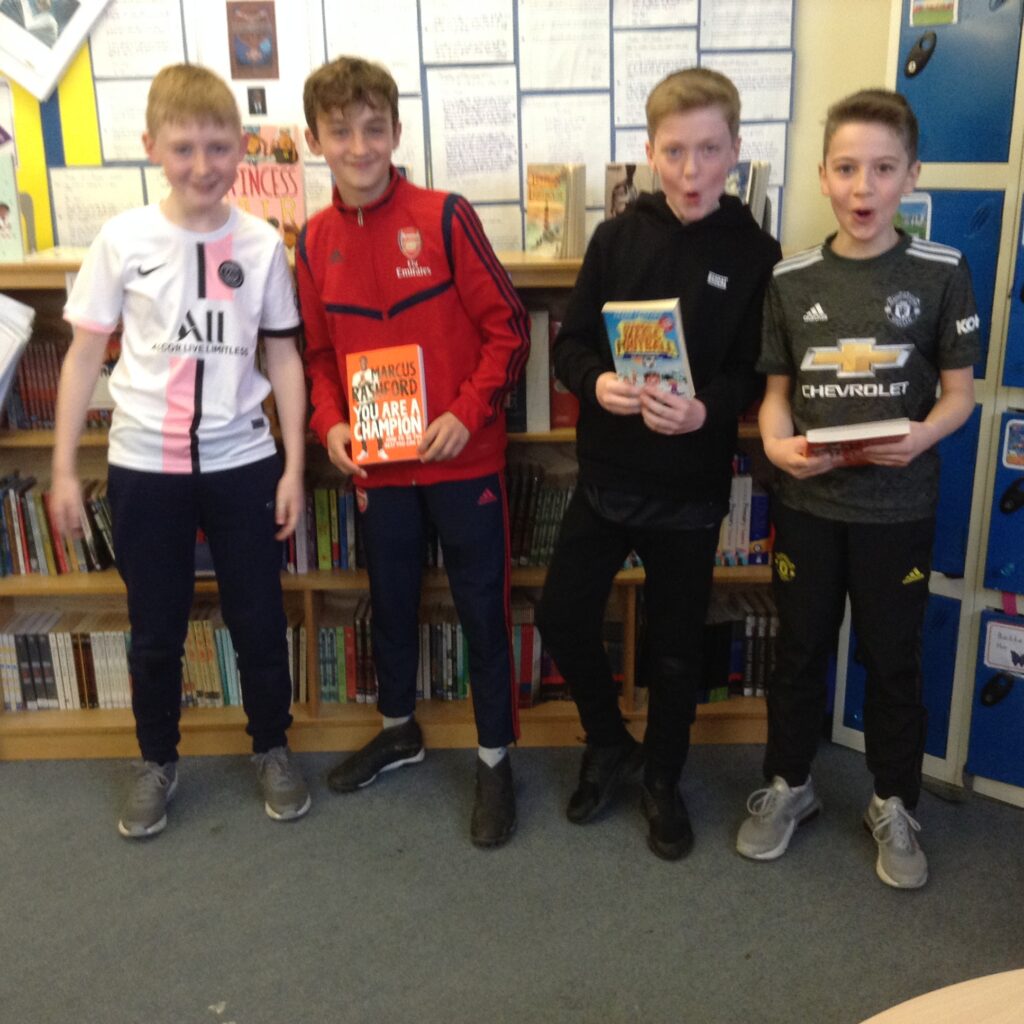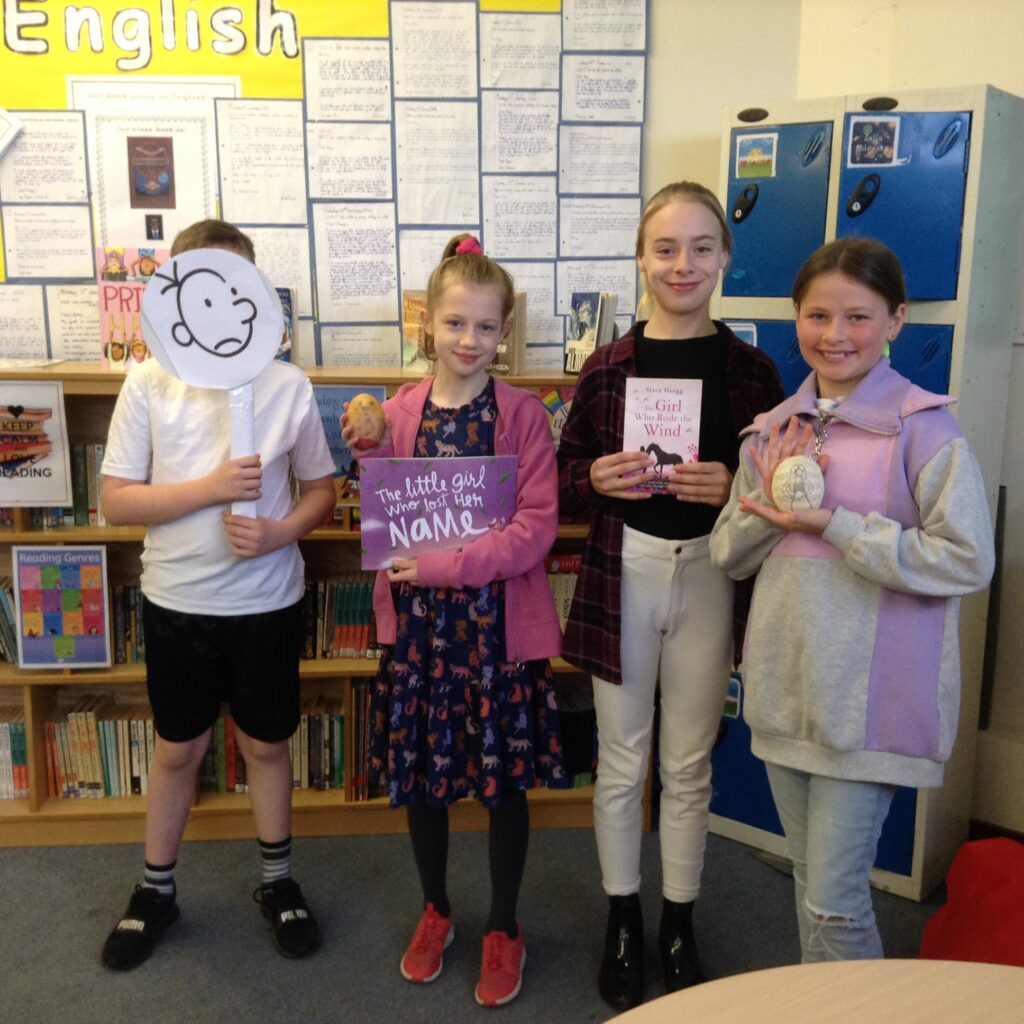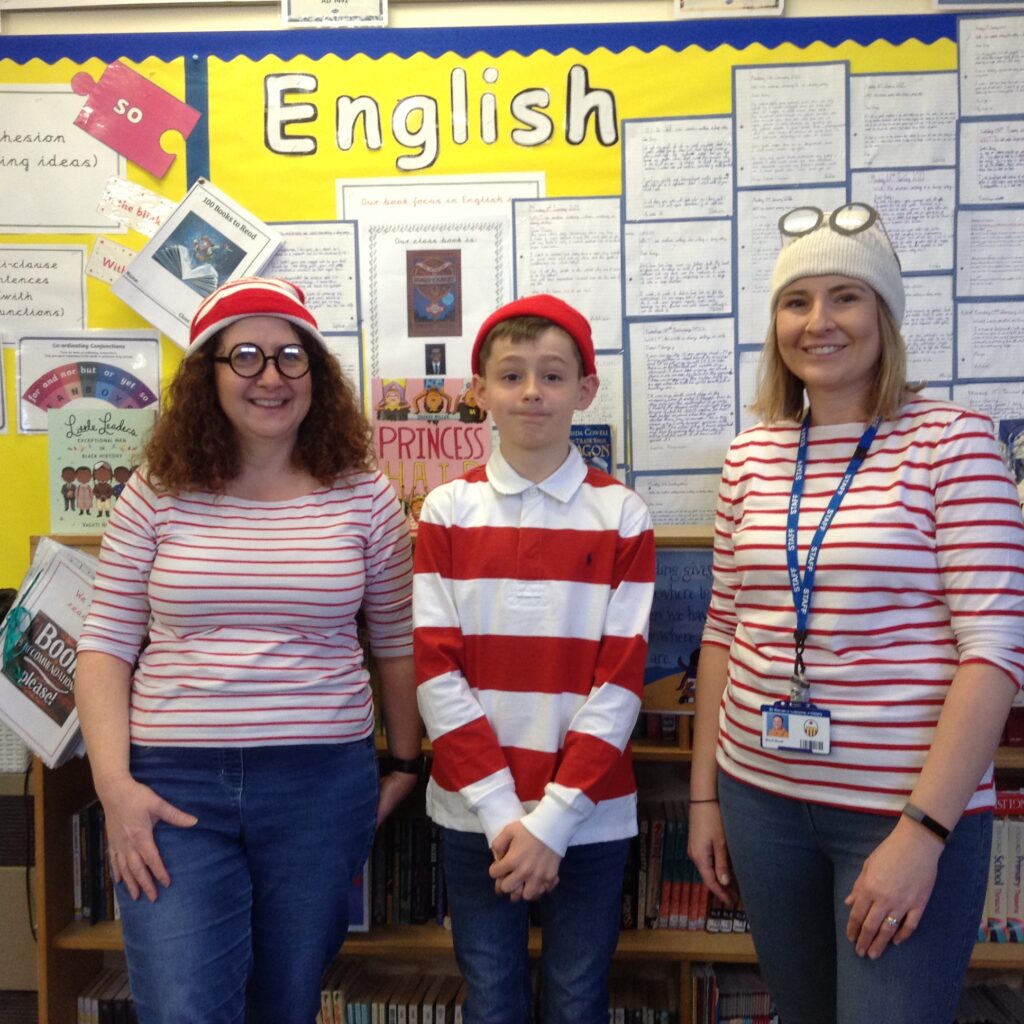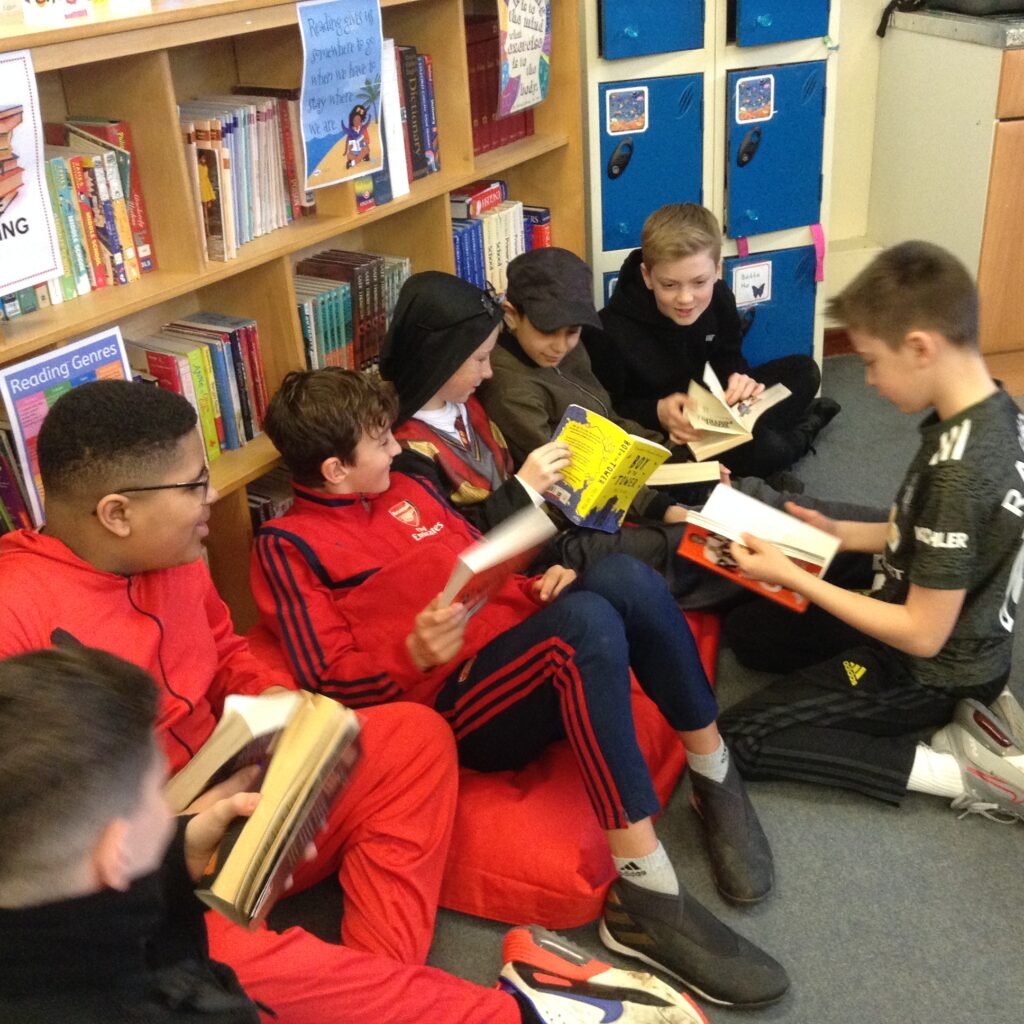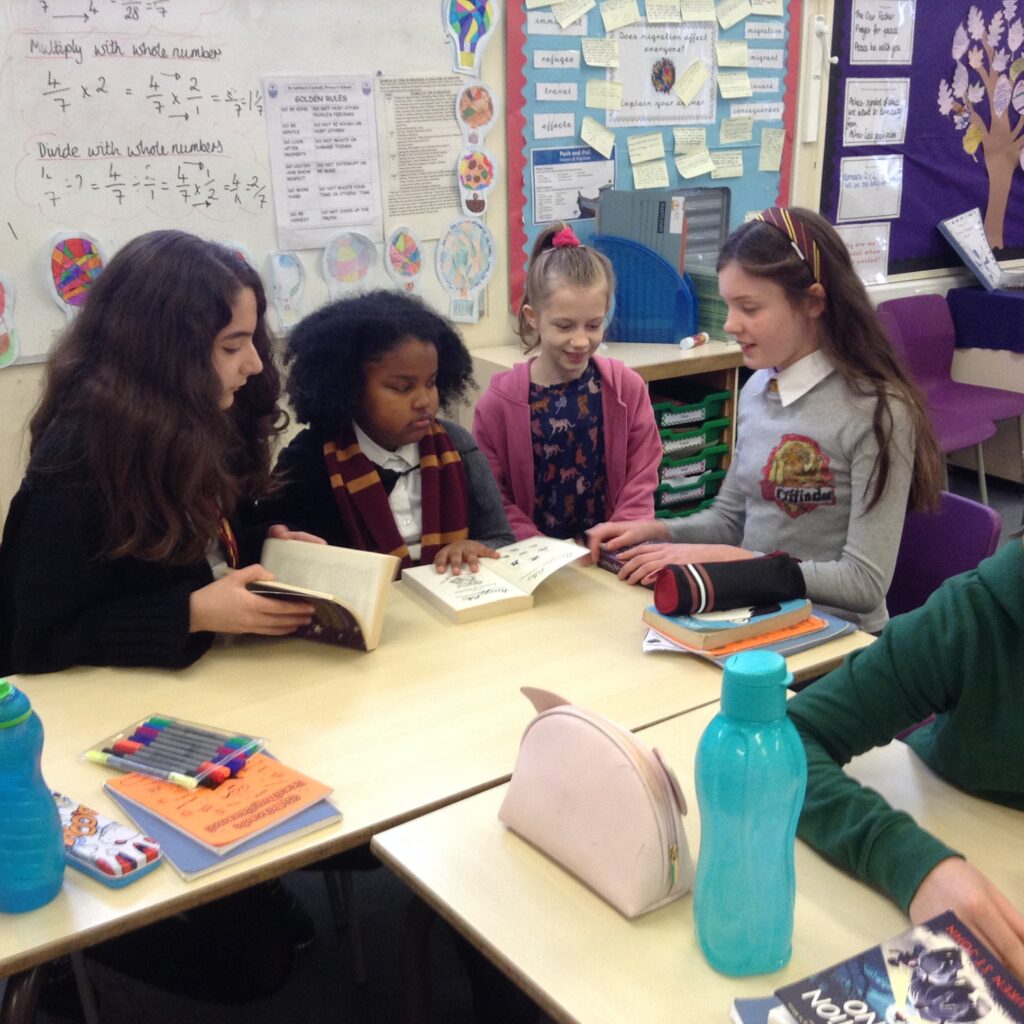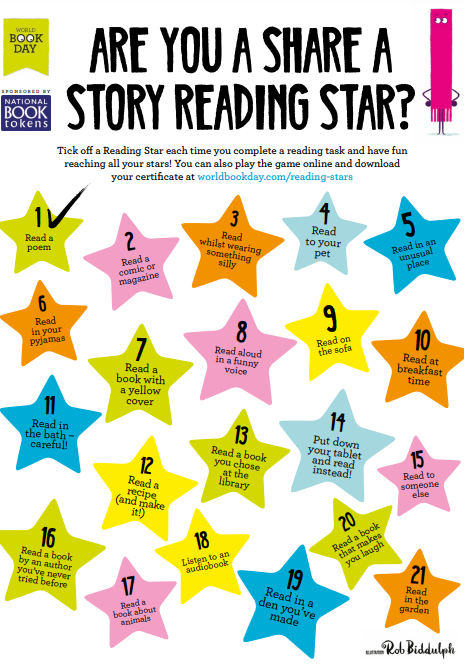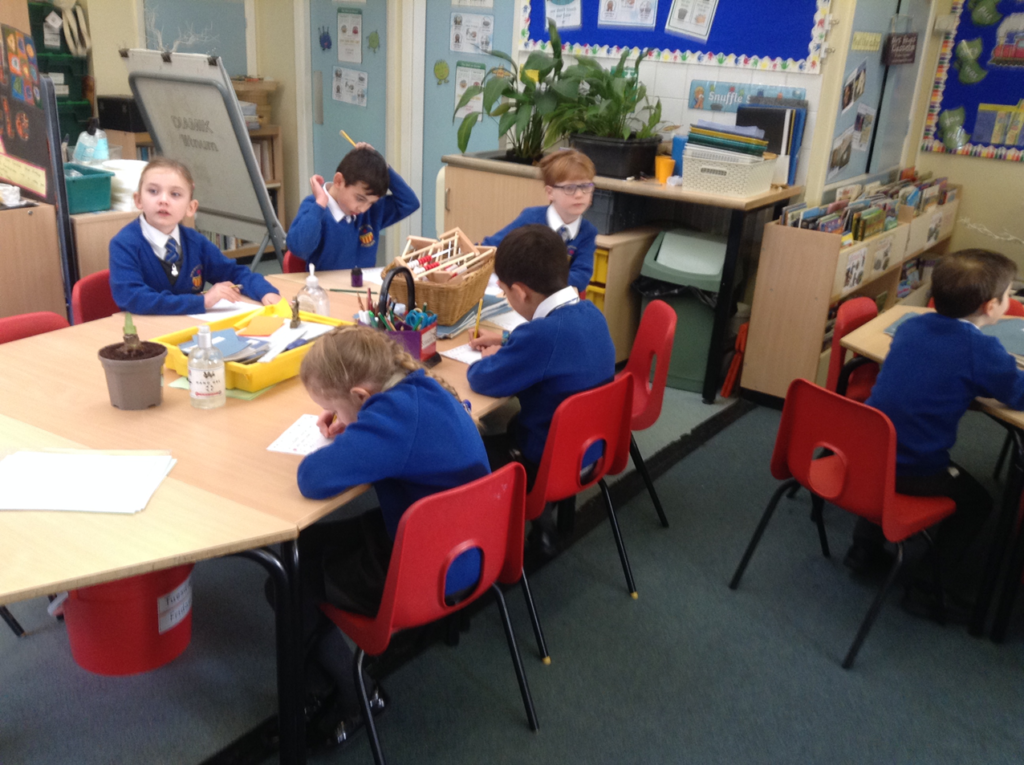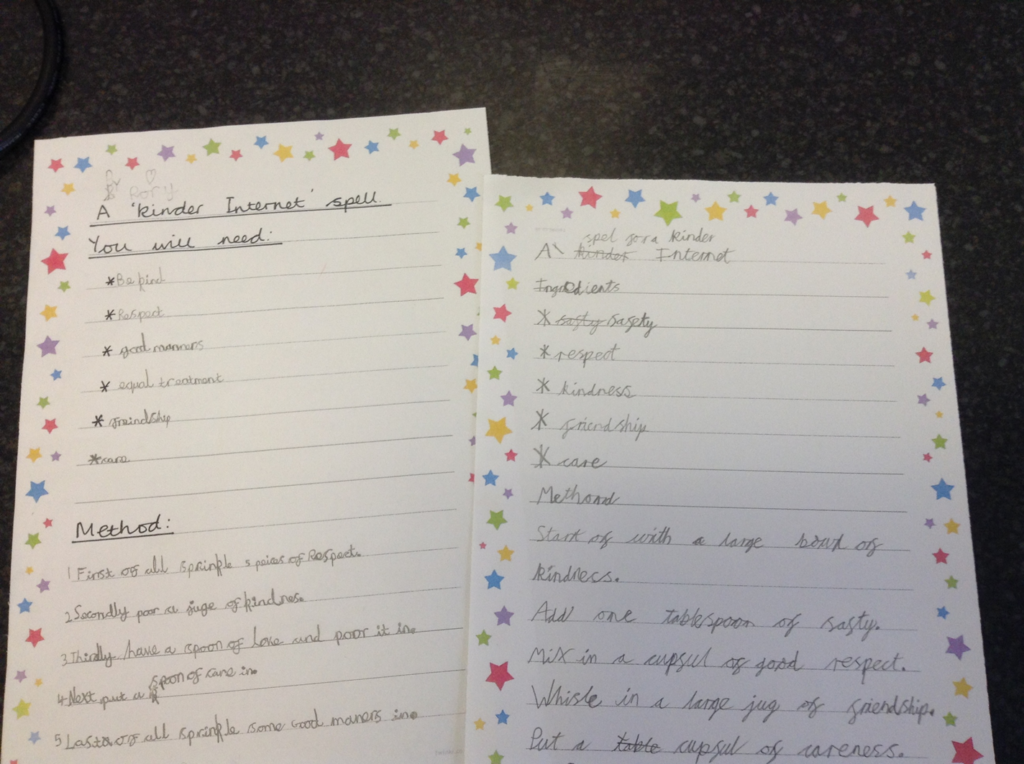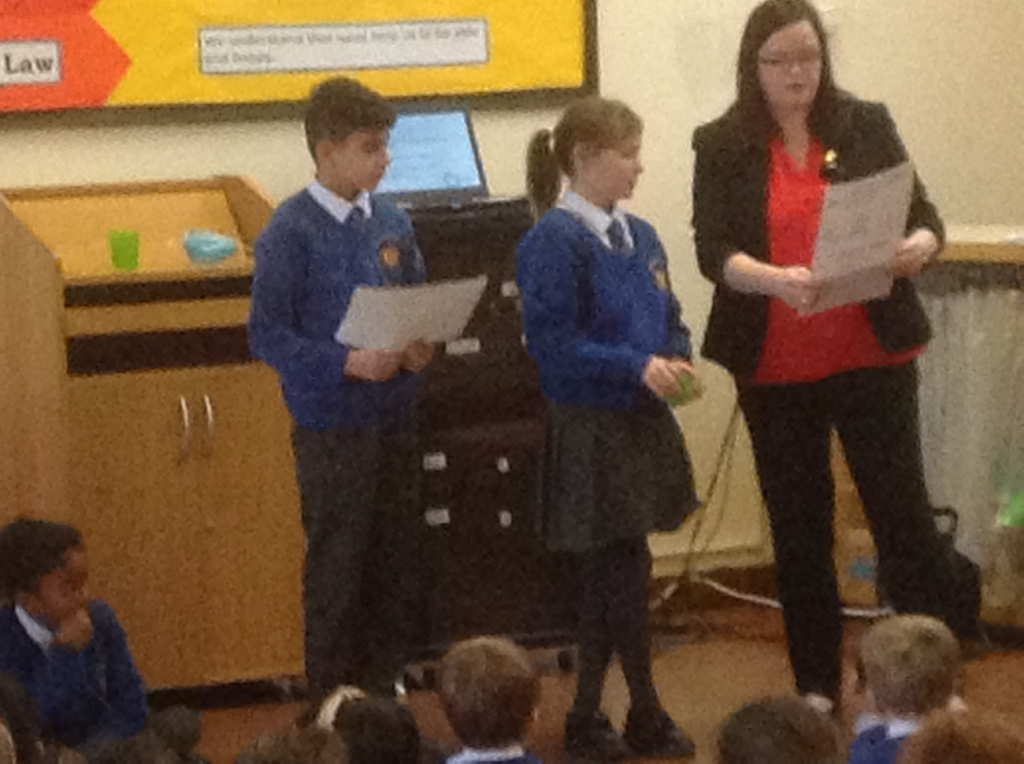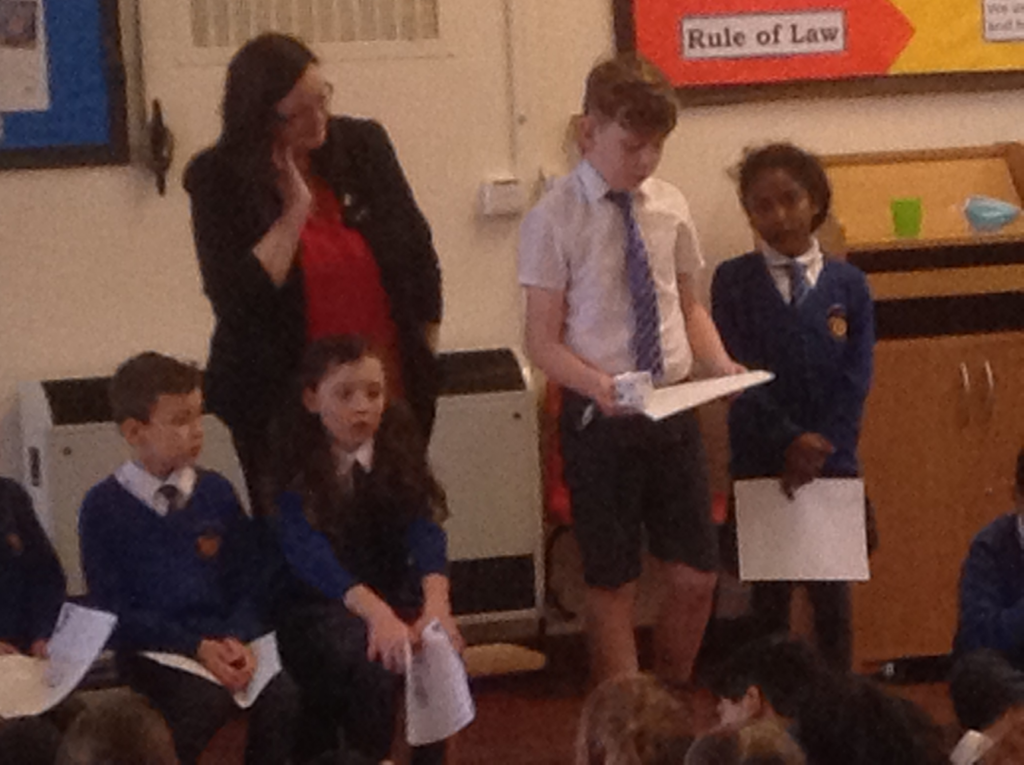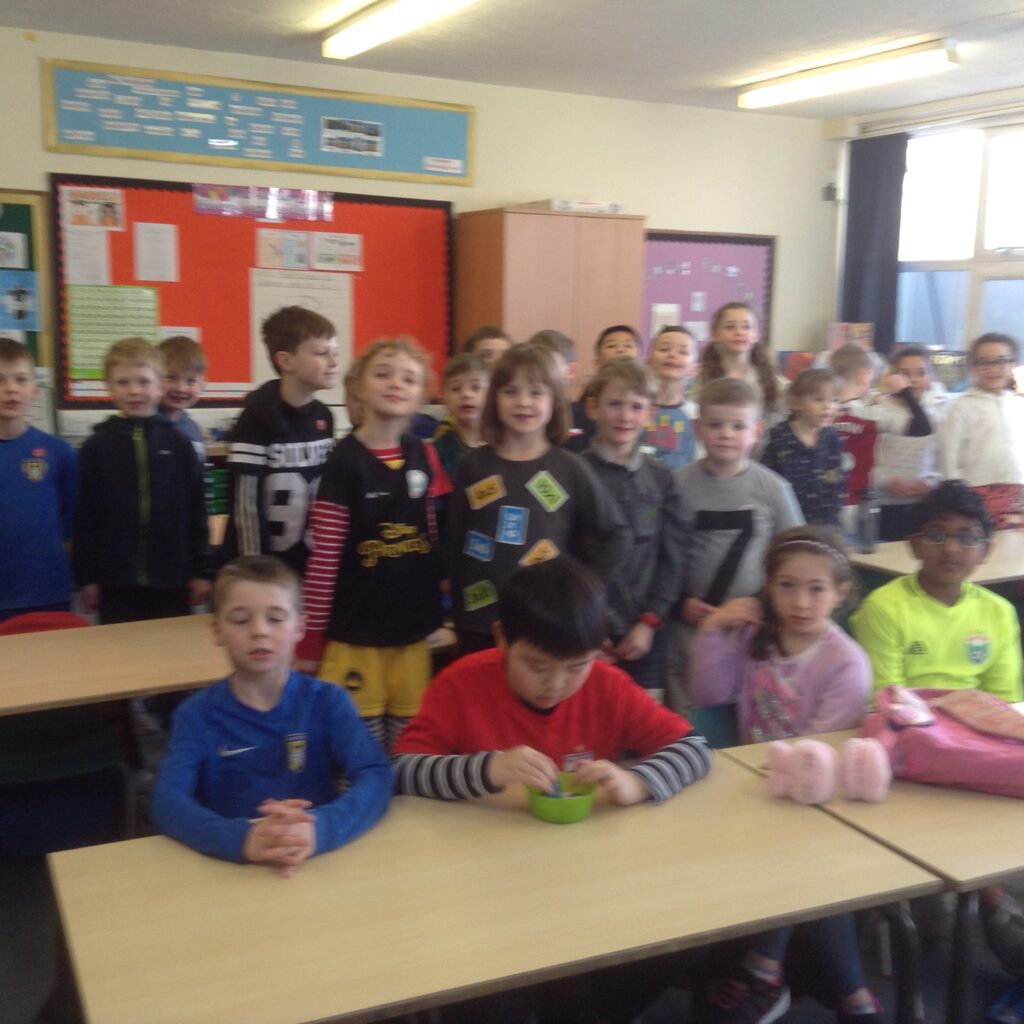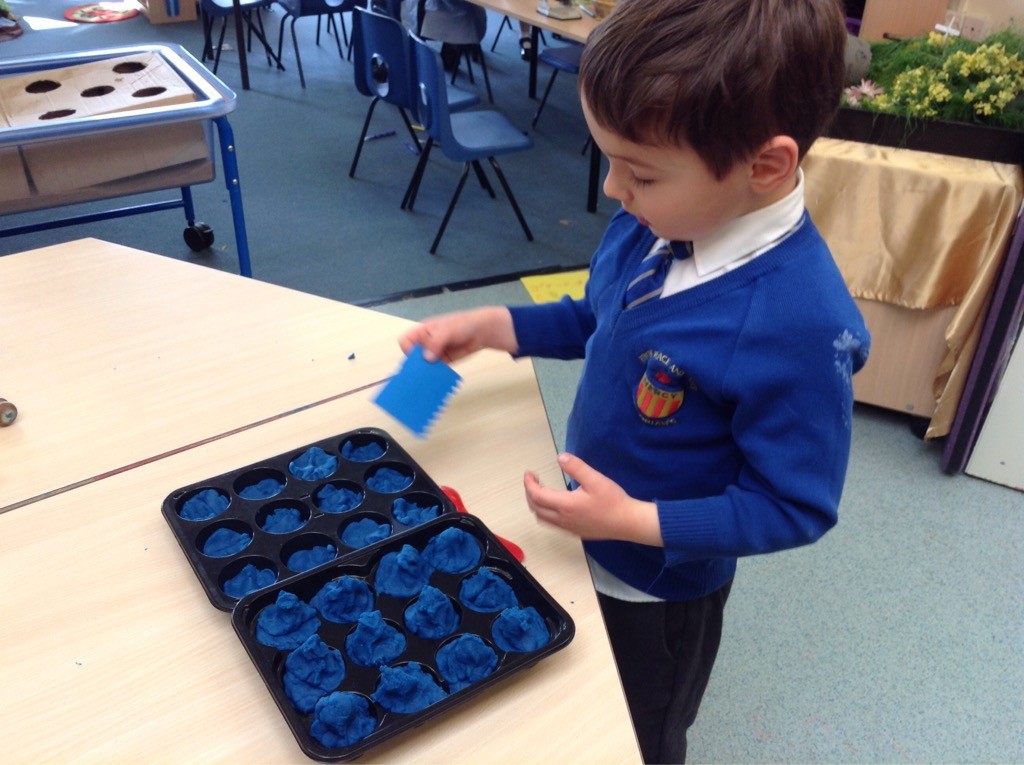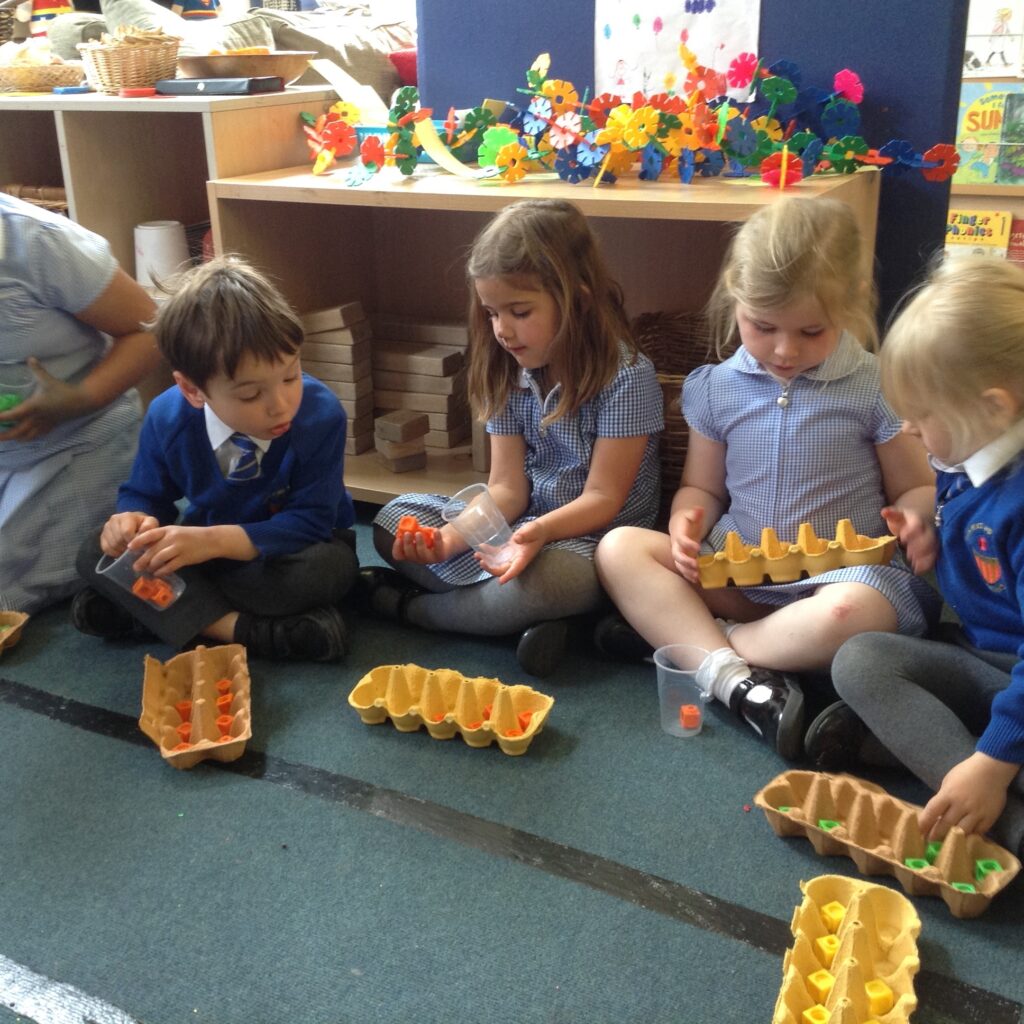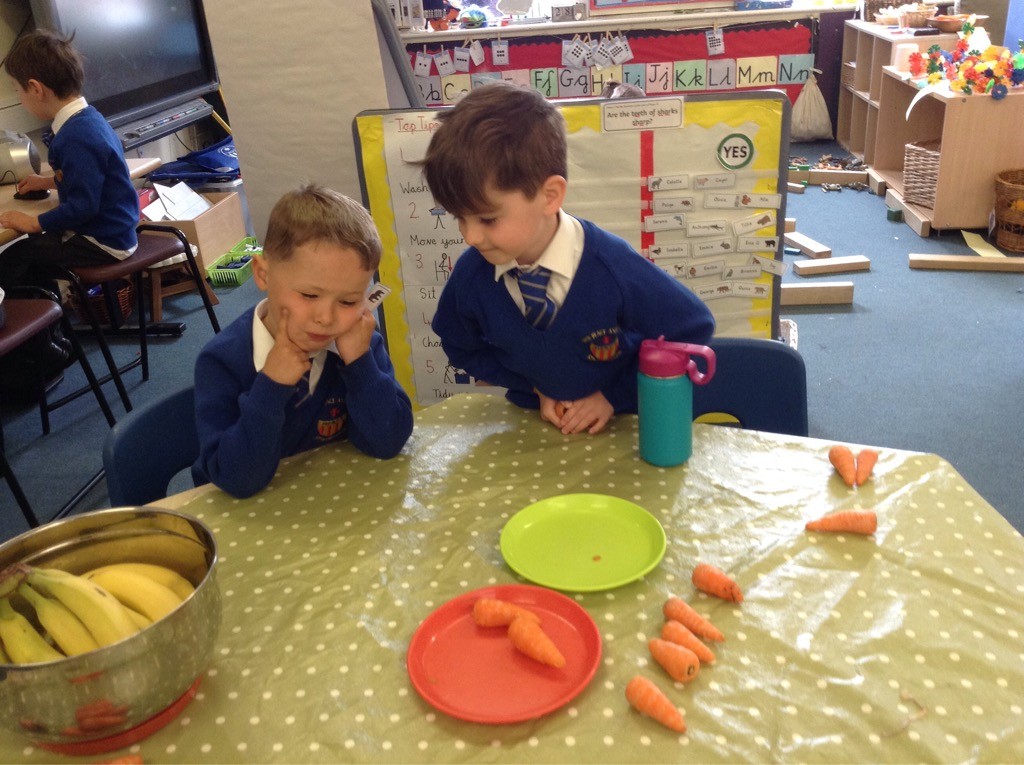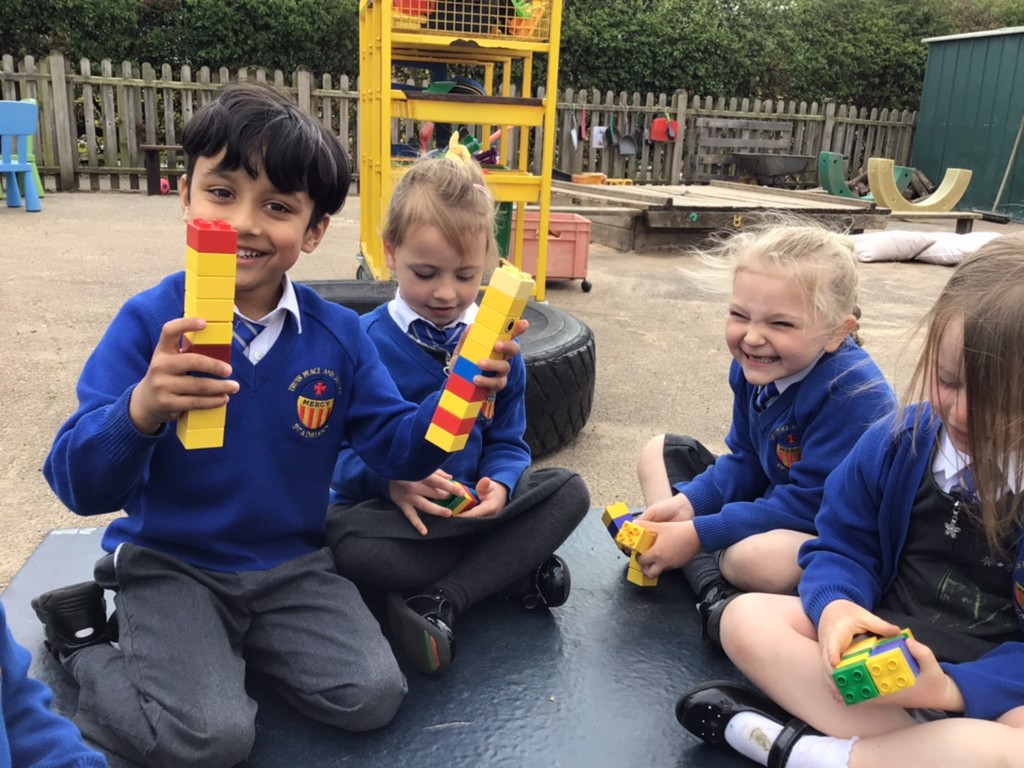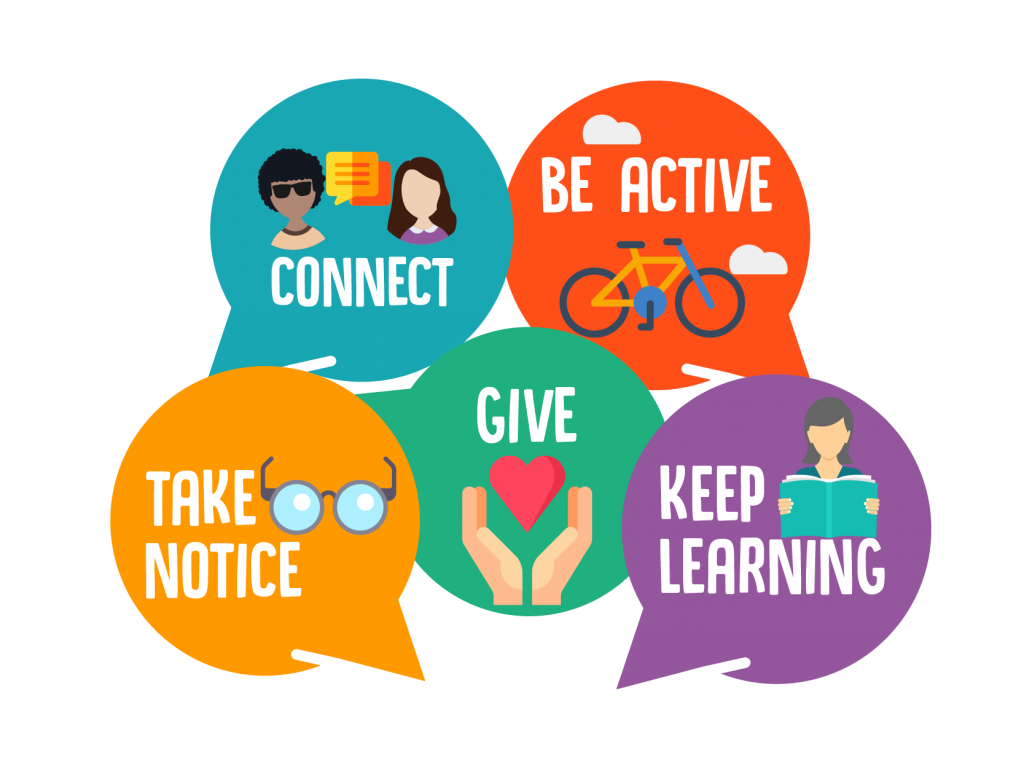
Keep learning
To start our Wellbeing workshop this week, we thought about all the wonderful things we have enjoyed learning in Year 2. We talked about the poetry we have been writing in English, learning about Walter Tull in history, exploring concentric circles with Wassily Kandinsky in Art and Design as well as division in maths.It makes us feel very proud when we learn new things. One very wise comment was ‘Sometimes, we need to learn things to keep us safe’. We thought about how learning new things will help us when we choose what job we would like as an adult. Maybe we will be a police officer, singer, vet, doctor, zookeeper (in an aquarium) or even a teacher!
Be active
We all know how important it is to keep ourselves active so that we feel healthy and happy. We brainstormed a huge list of ways in which we can keep ourselves from ballet or Beavers to fencing, cheerleading or football. These activities will all help to brighten our day.
Give
Henry said that we should try to be kind and that giving things to other people also makes us feel good too. The children had lots of ideas for Mother’s Day gifts that they could give to their mum, which won’t cost any money, but would be lovely to share, such as home made cakes and cards, breakfast in bed, lots of hugs or flowers from the garden!.
The children are very proud of the way in which they have given books to the class library for everyone to share. Thank you so, so much to everyone for your very kind donations. Follow this link if you would like to buy a book for our class library: Year 2 library books
Connect
Chatting with each other, giving one another compliments and learning something new about a classmate are all ways in which we can connect with our friends. This is a wonderful way to help us feel good about ourselves and also help our friends to feel great too. It is important to believe in ourselves and one another!
Take notice
We all have negative thoughts and we learned how taking the time to notice other things instead will help us to make sure that these thoughts don’t become overwhelming. We tried some different techniques to help us focus on the present and enjoy the moment rather than letting unhappy thoughts overwhelm us. Next time, we are filled with negative thoughts, we will breathe in for 5 seconds and then out for 5 seconds and then try to play the 5 senses game where we think about …
5 things we can see, 4 things we can hear, 3 things we can touch, 2 things we can smell and 1 thing that we can taste.
Once we’ve thought about all those things, we hope that our worries will feel less overwhelming. Why not try this strategy at home when you need to?
